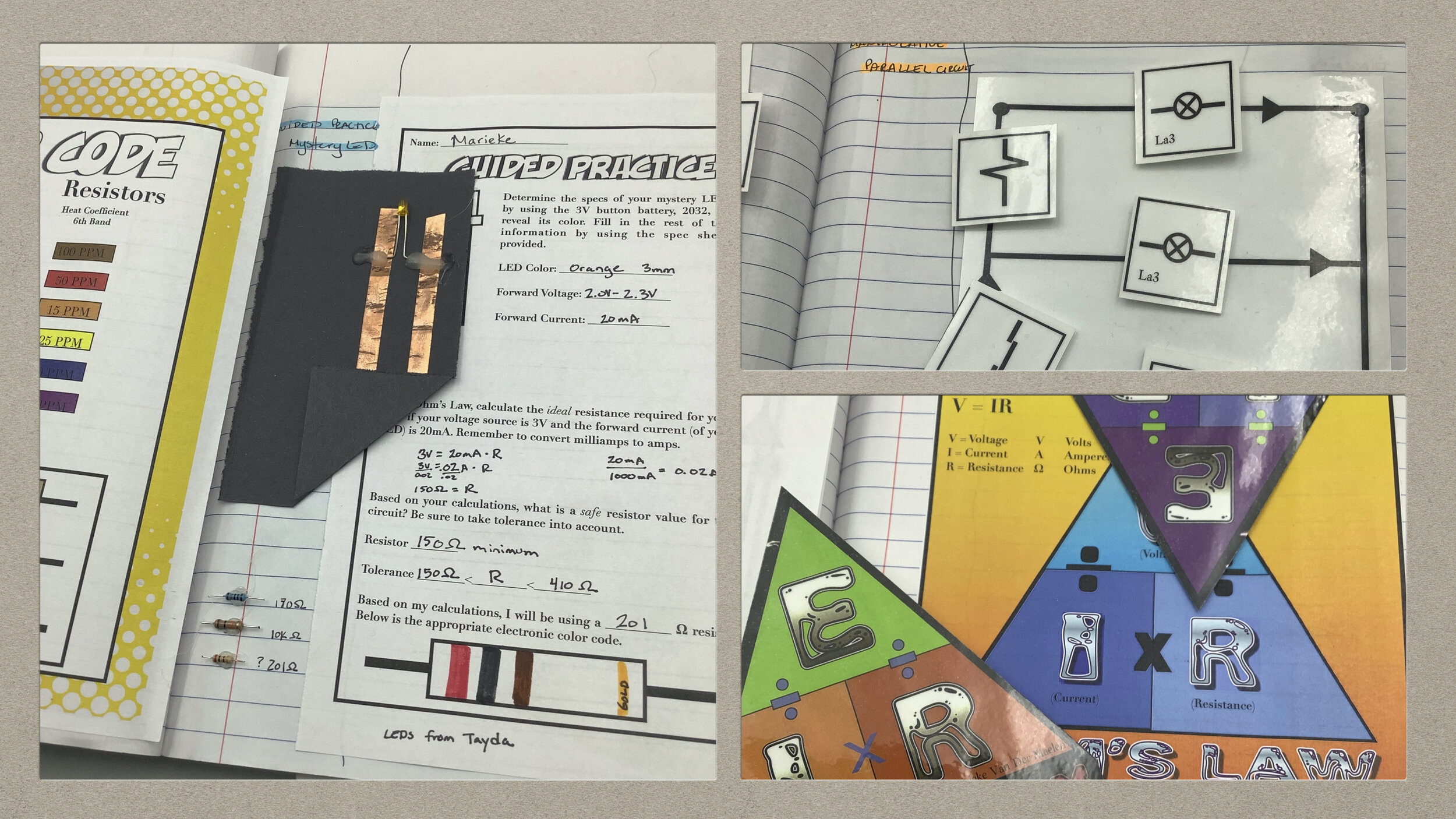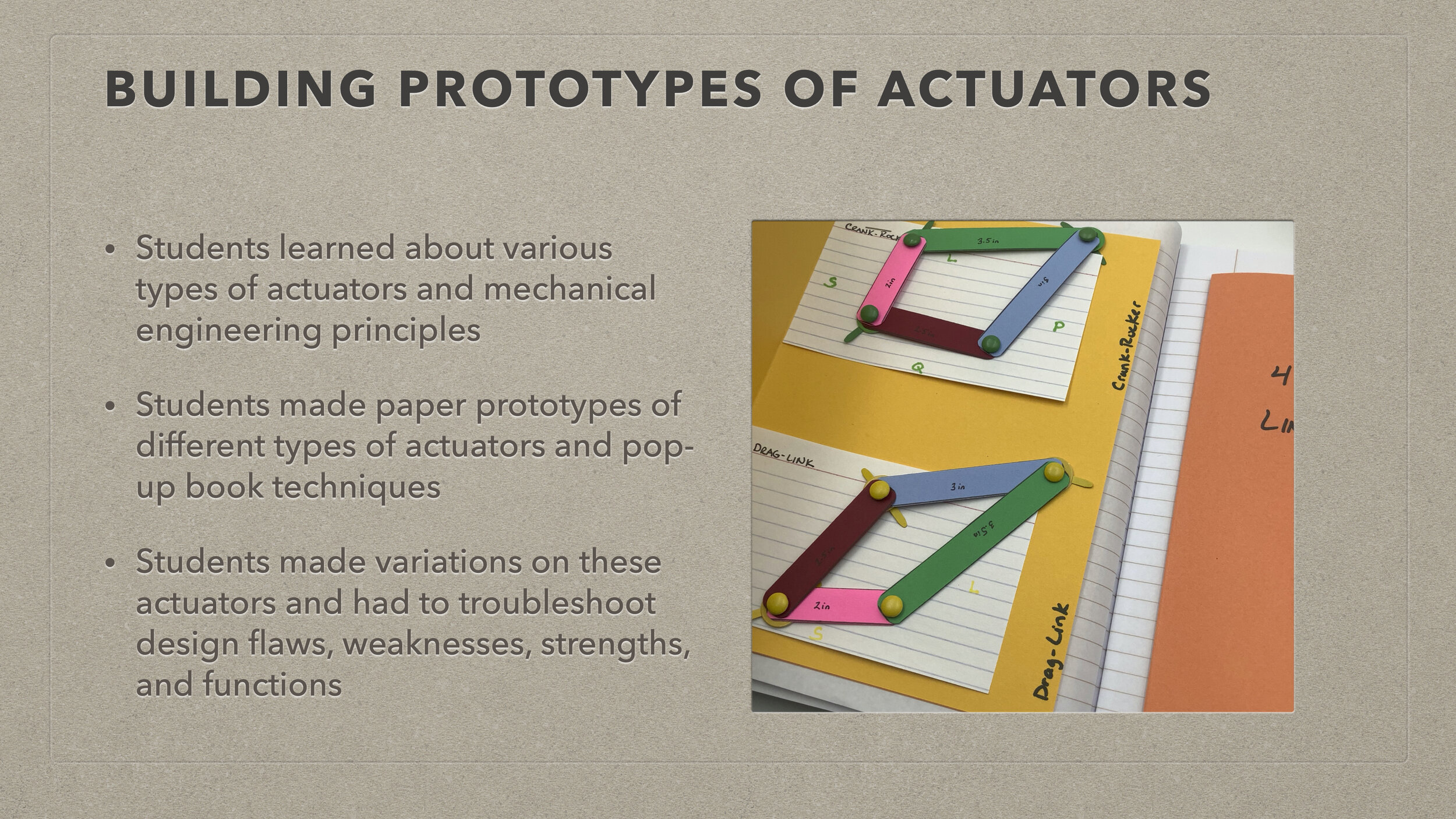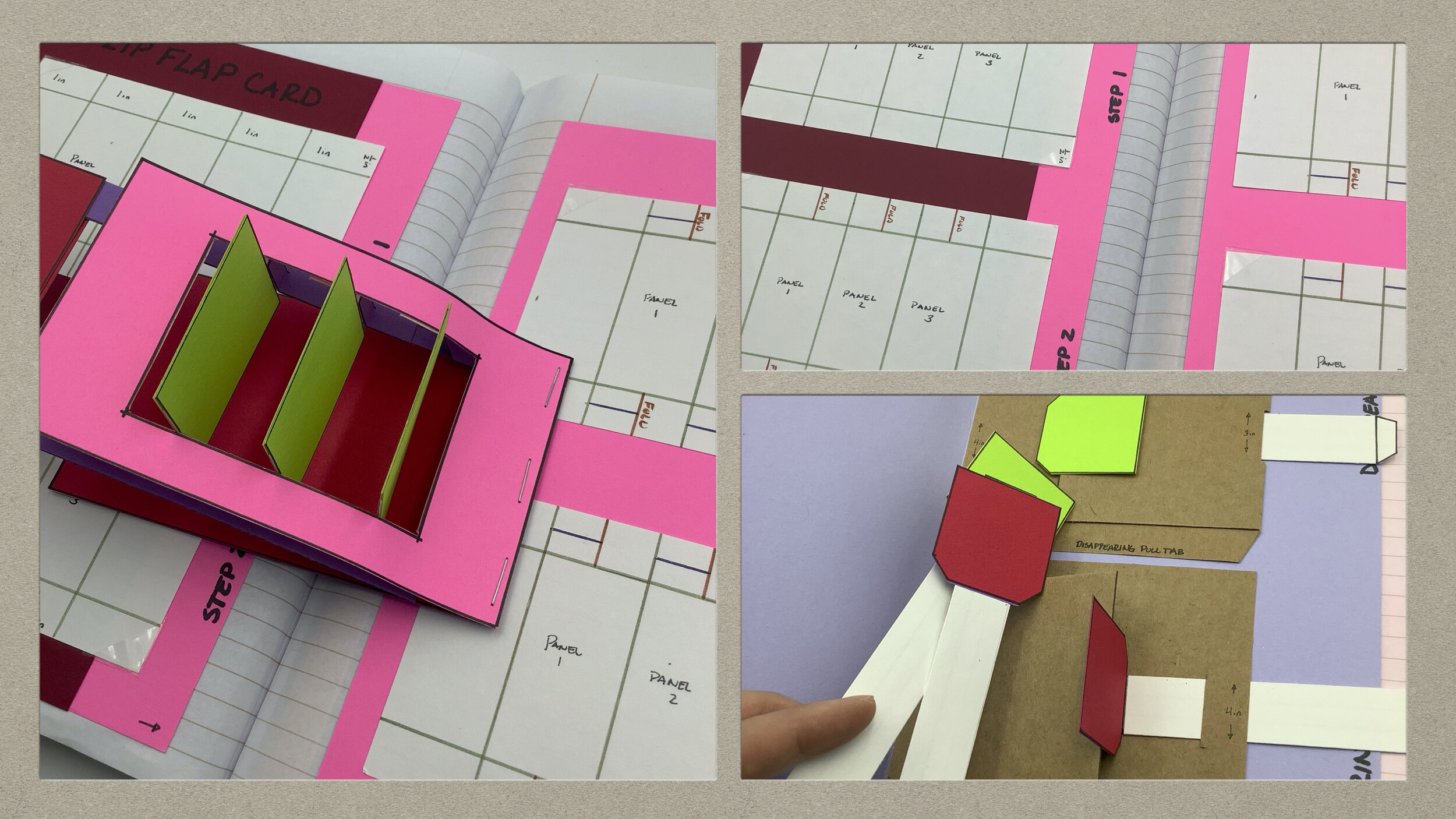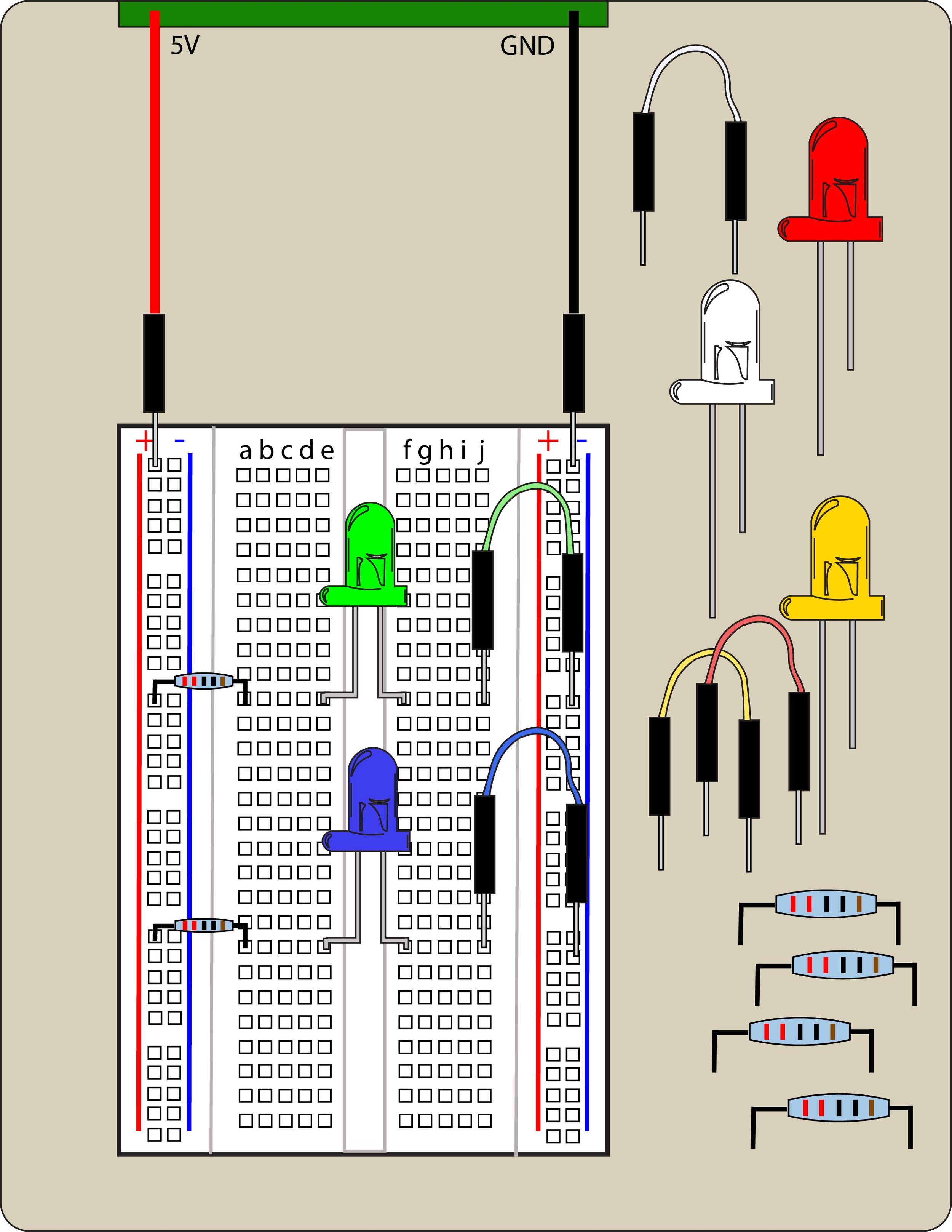Portable Experience Design
Project Overview
At the start of 2020, I was commissioned to develop a comprehensive high school level STEM curriculum that integrated Raspberry Pi technology, electrical components such as sensors and LEDs, and design elements. Because of the Covid Pandemic, students moved from in-person classes to remote learning. As a result, I made the decision to create miniature, individual experiences that were portable and easy to ship to students’ homes. Because so many students no longer had access to science labs and hands-on learning at their schools, it was important that I give students the opportunity to engage with tangible objects that encouraged explorative, open-ended play.
Over the course of 18 months, I created an interactive, immersive, and narrative driven curriculum where students would have the opportunity to:
Build a miniature, single board computer using Raspberry Pi 4 Model B
Create simple Python 3 programs and games within a Linux-based OS
Wire and control external hardware and electrical circuits
Explore creative possibilities through a combination of open ended play and scaffolded mini lessons and activities
Develop 21st Century Skills by socializing and collaborating with peers outside of the traditional academic setting
This curriculum requires students to implement many of the same gameplay elements found in escape room challenges, themed entertainment experiences, and virtual games scenarios. In the final lessons, students build out their own miniature escape room based on what they learned over the course of the program.
**The curriculum and Scale Model Kits are currently being used by multiple STEM programs in the United States.
Interpreting Schematic Diagrams
I wanted to introduce students to more concrete, professional concepts and procedures as opposed to very conceptual, theoretical practices and uses for Raspberry Pi. I thought it was important for students to be able to recognize and interpret schematic diagrams of architectural plans and common electrical symbols.
Throughout the course, students practice using schematic diagrams to both communicate their design ideas with each other as well as construct physical 3D models from the 2D blueprints.
I designed and manufactured modular architectural and mechanical elements. I used 3D printing and laser cutting for rapid prototyping. Structural integrity is important to me, and each element underwent multiple iterations and beta testing before I arrived at a final, viable design.
I had to take into consideration the cost of materials, compatibility with electronic parts, manufacturing time, product durability, aesthetics, and how fast/easy it would be for teachers and students to assemble and use.
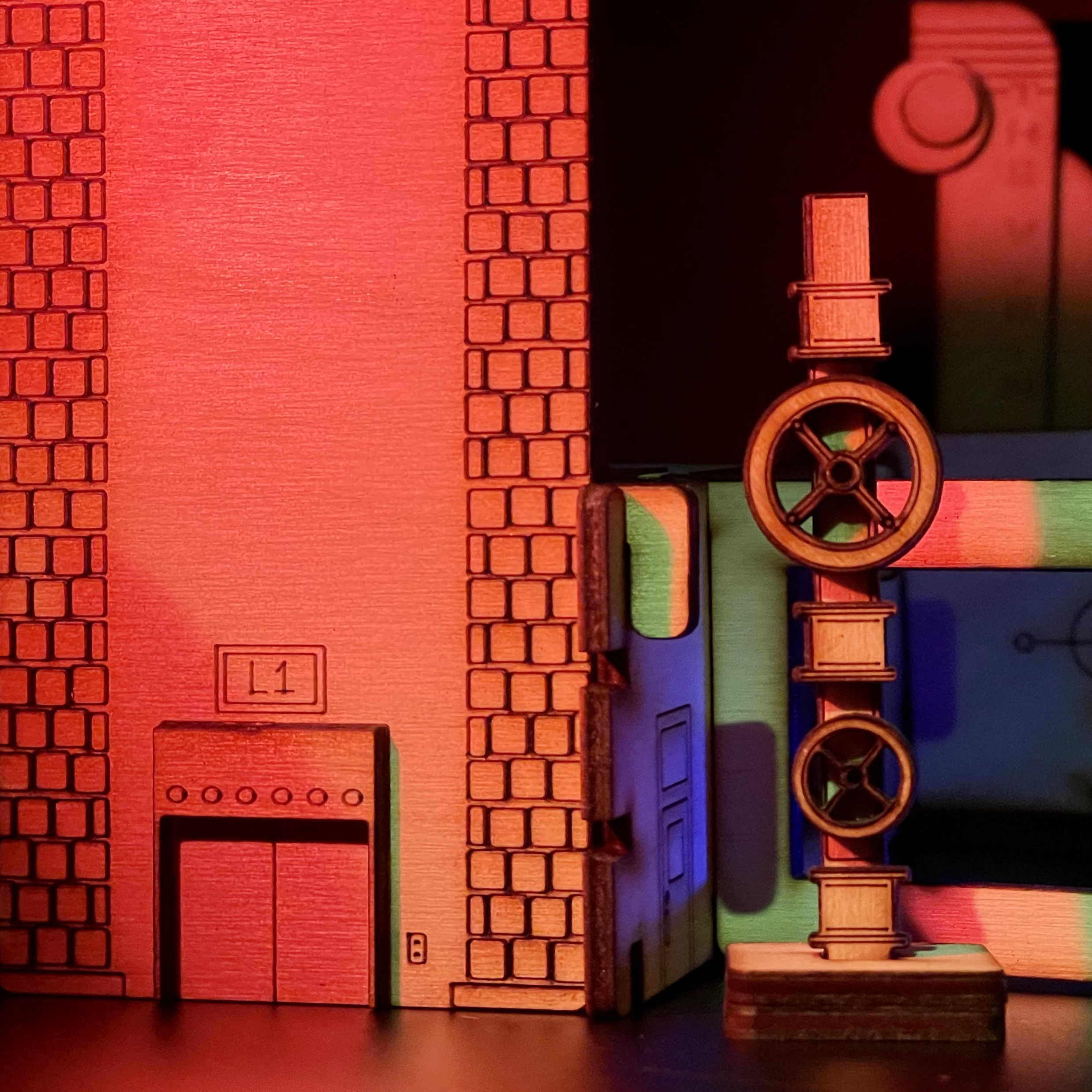

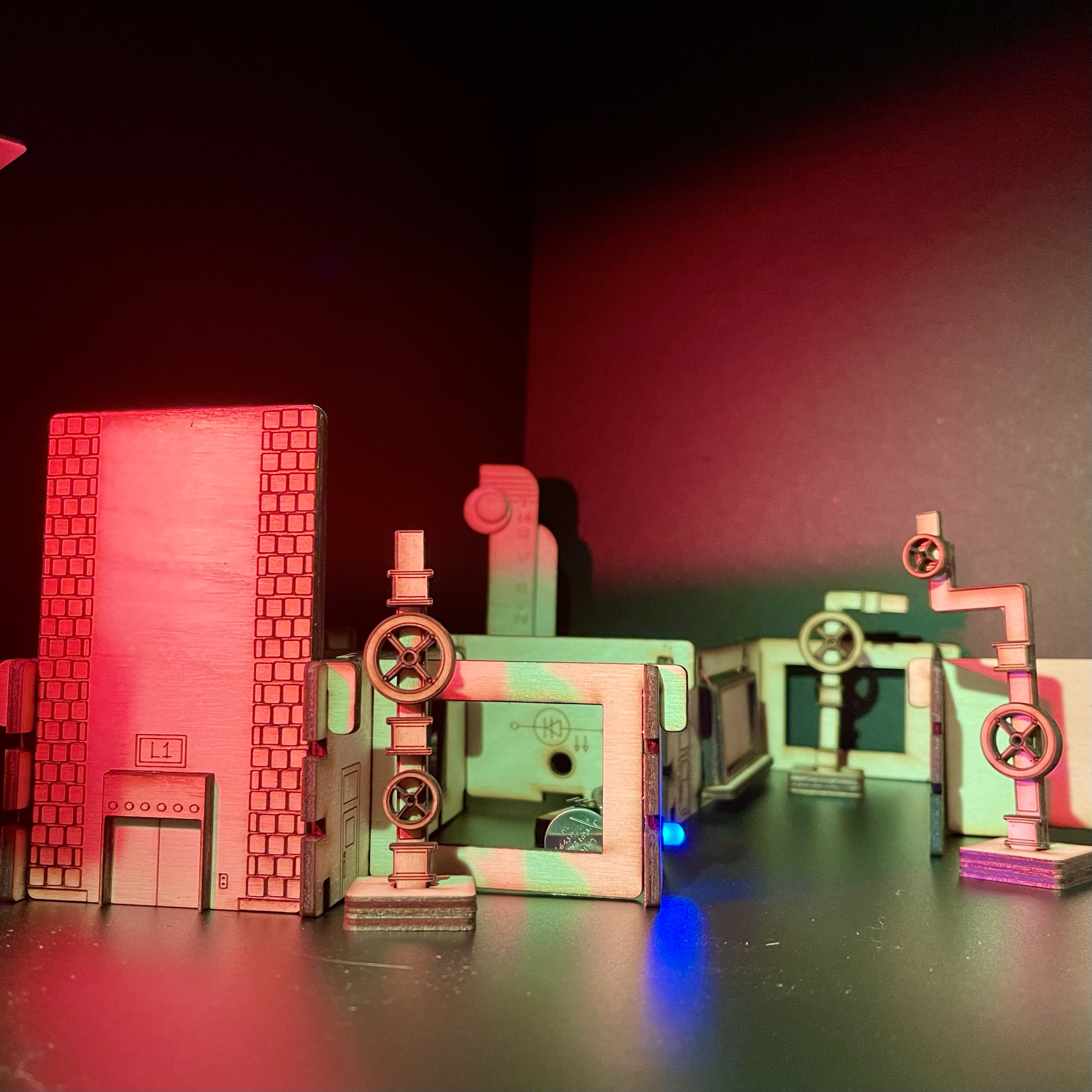
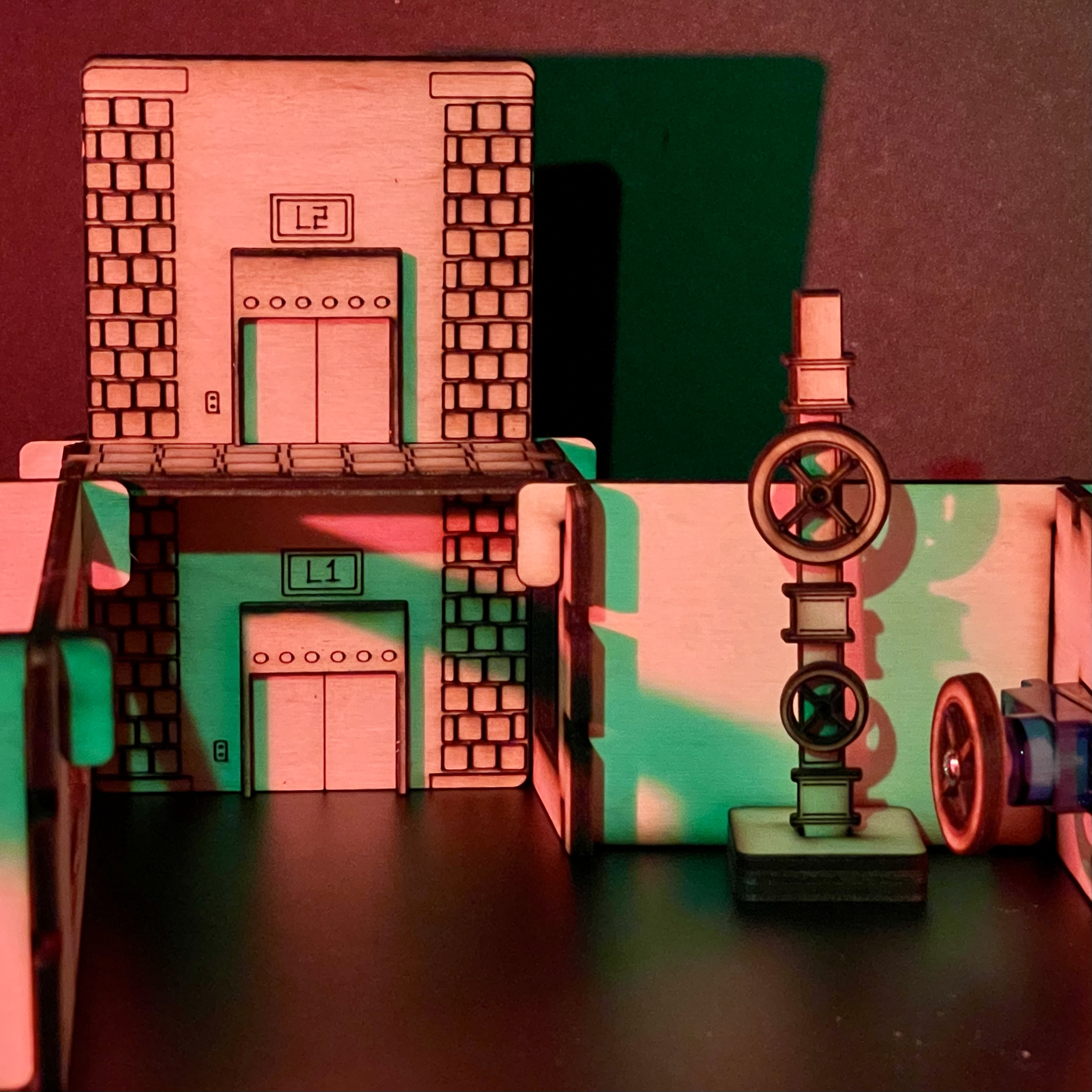
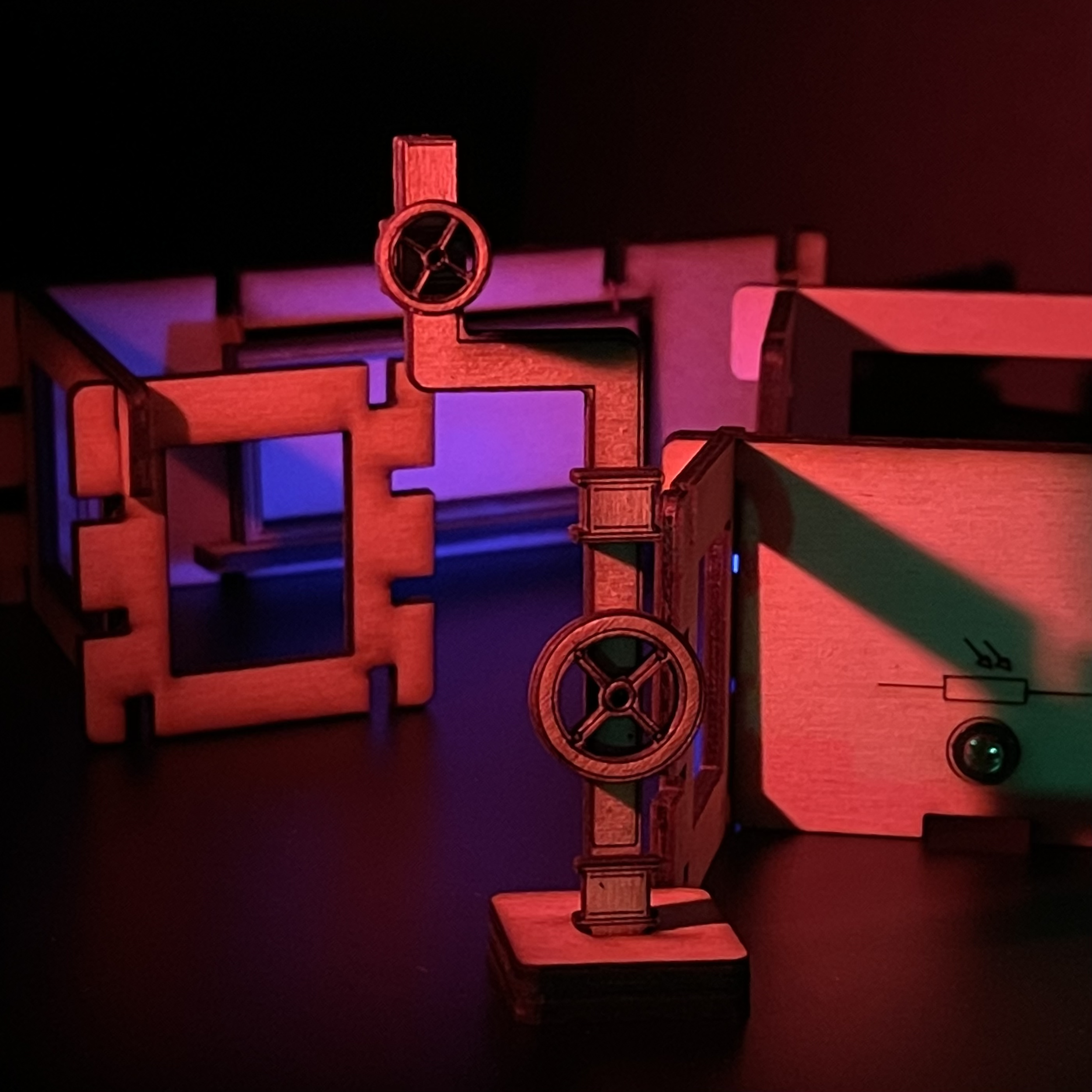
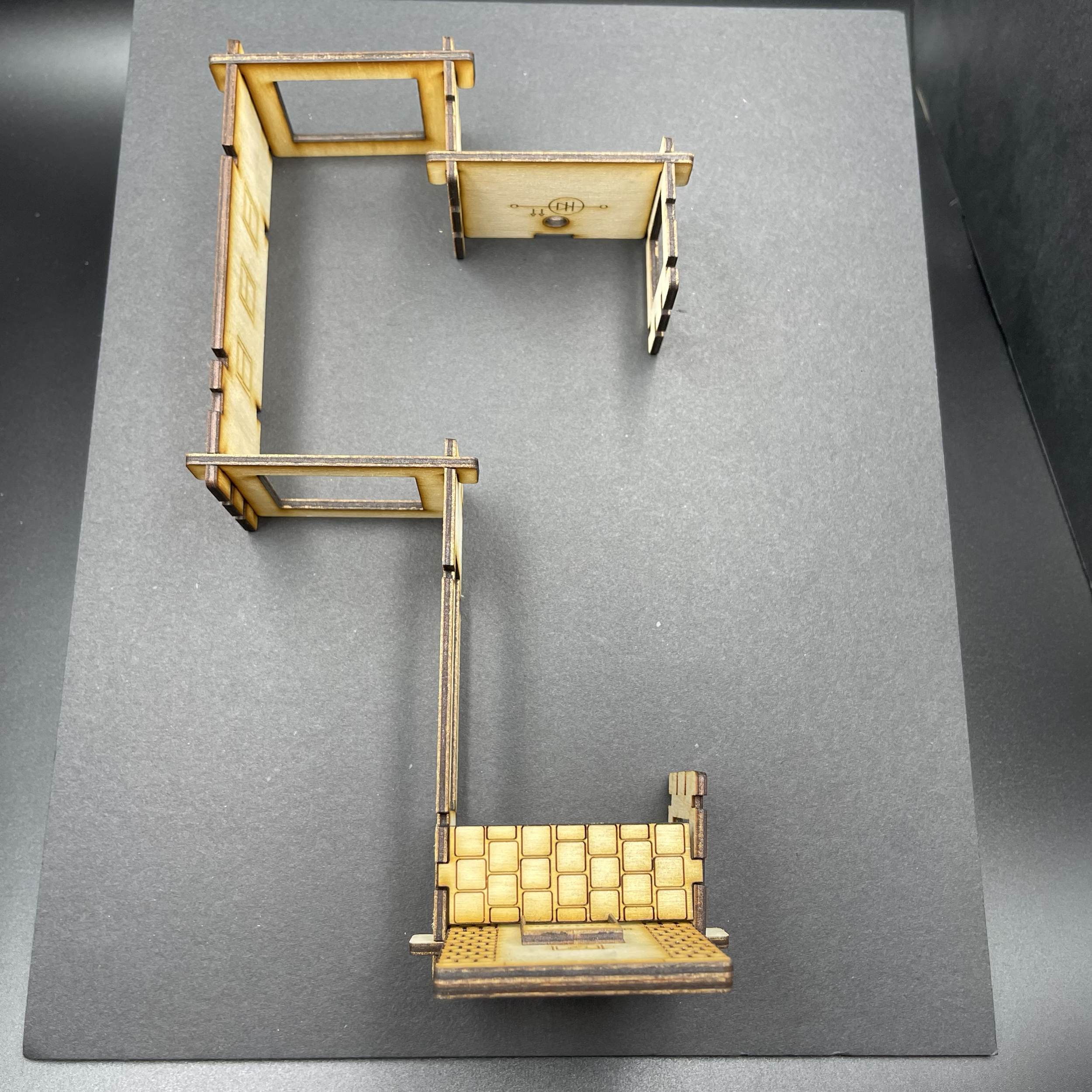

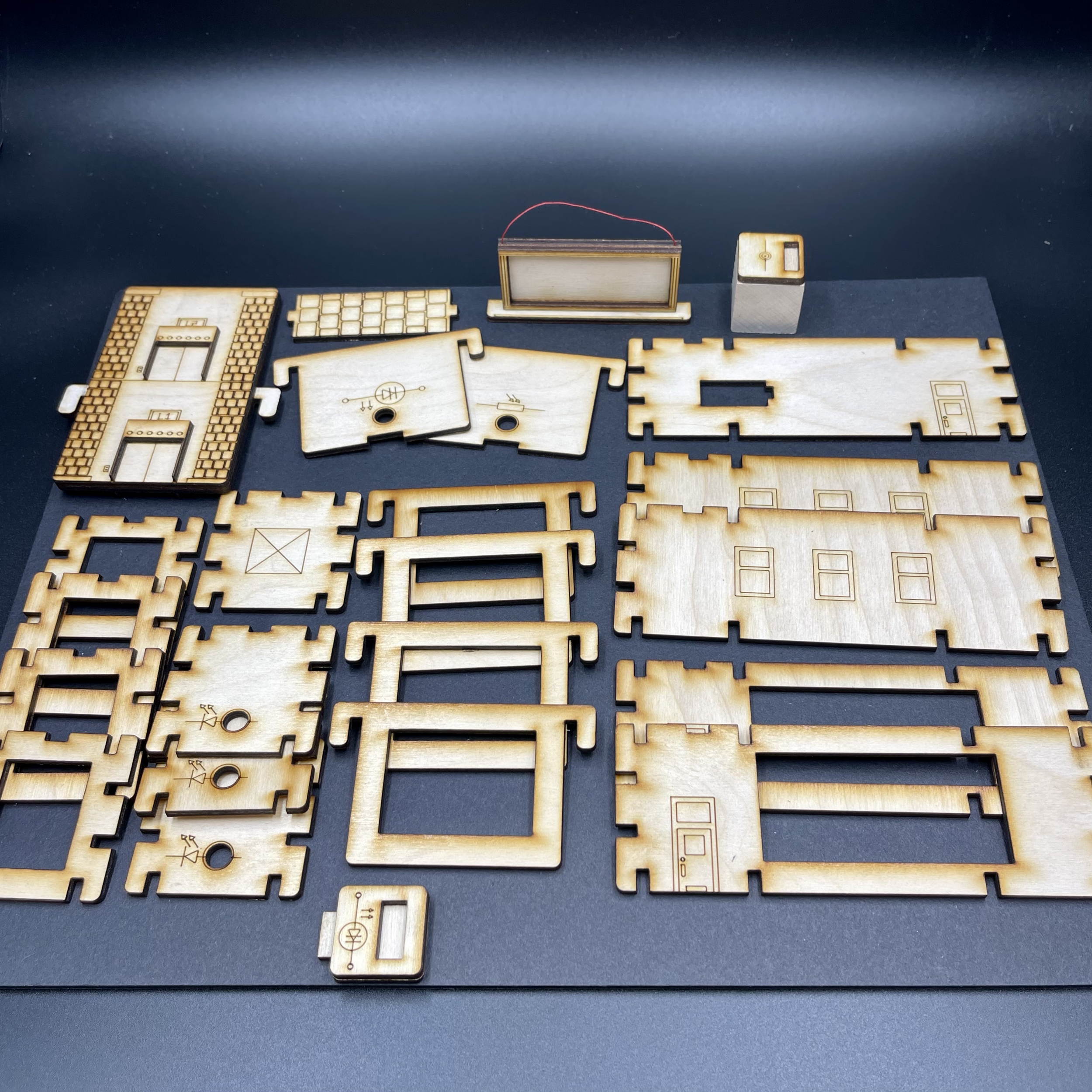
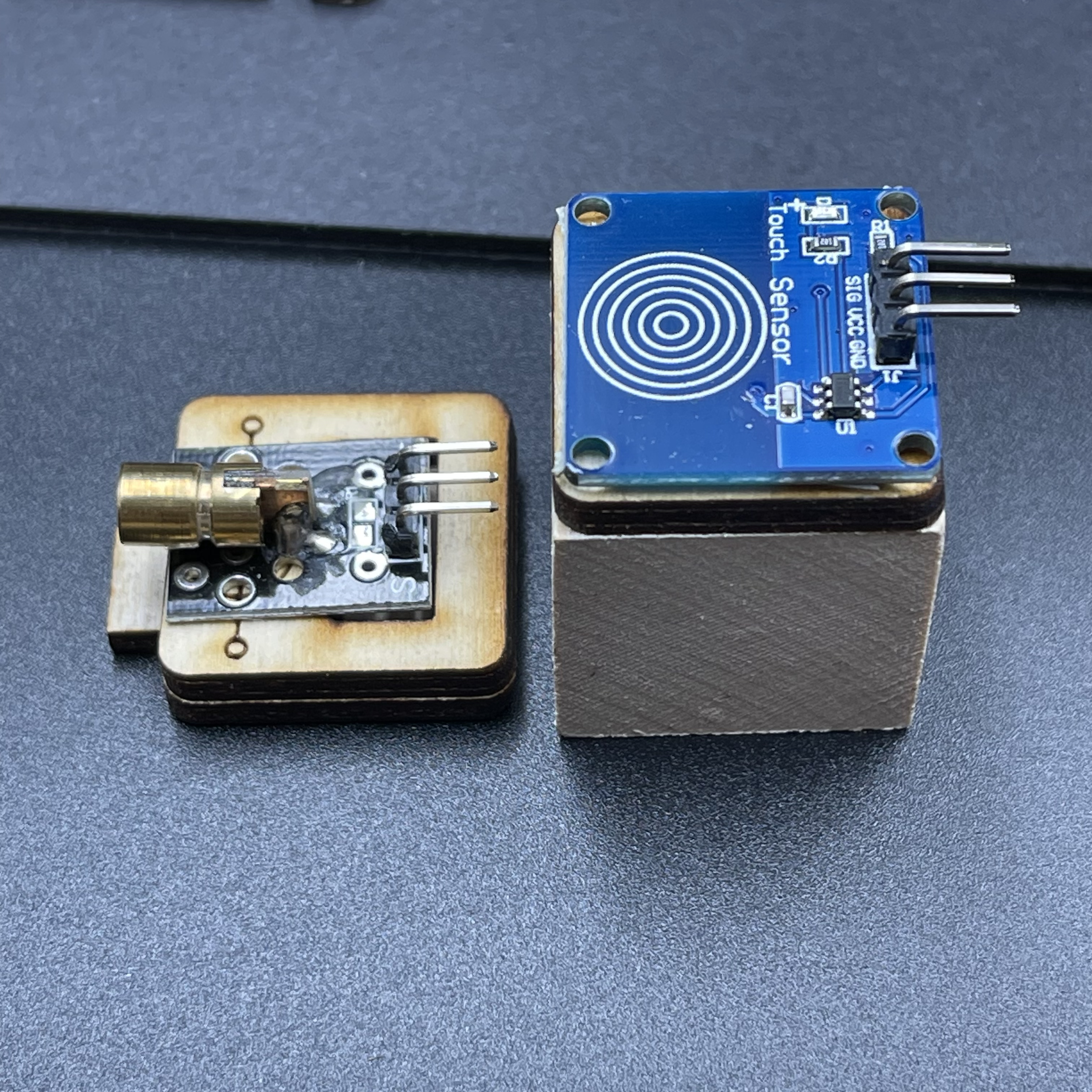
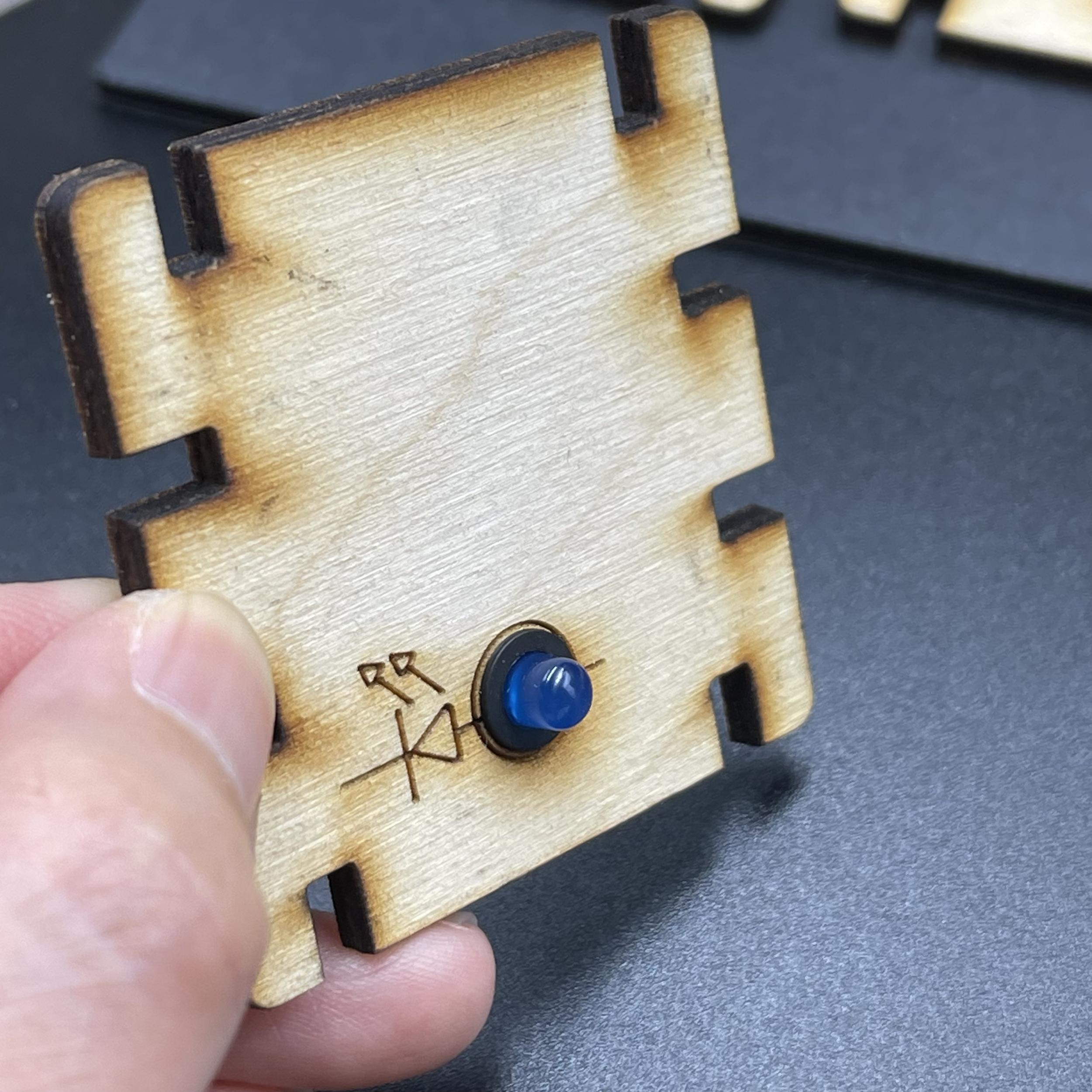
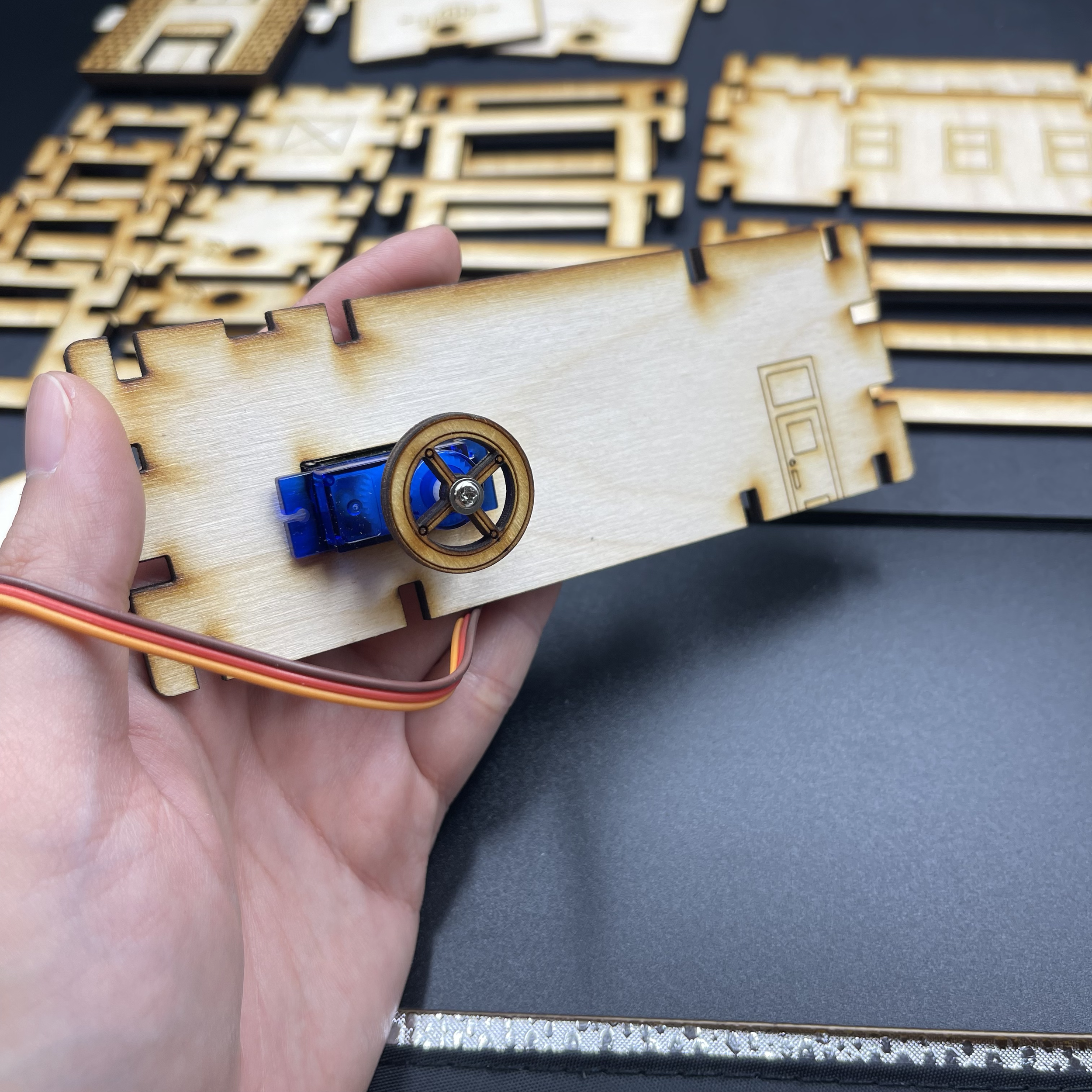
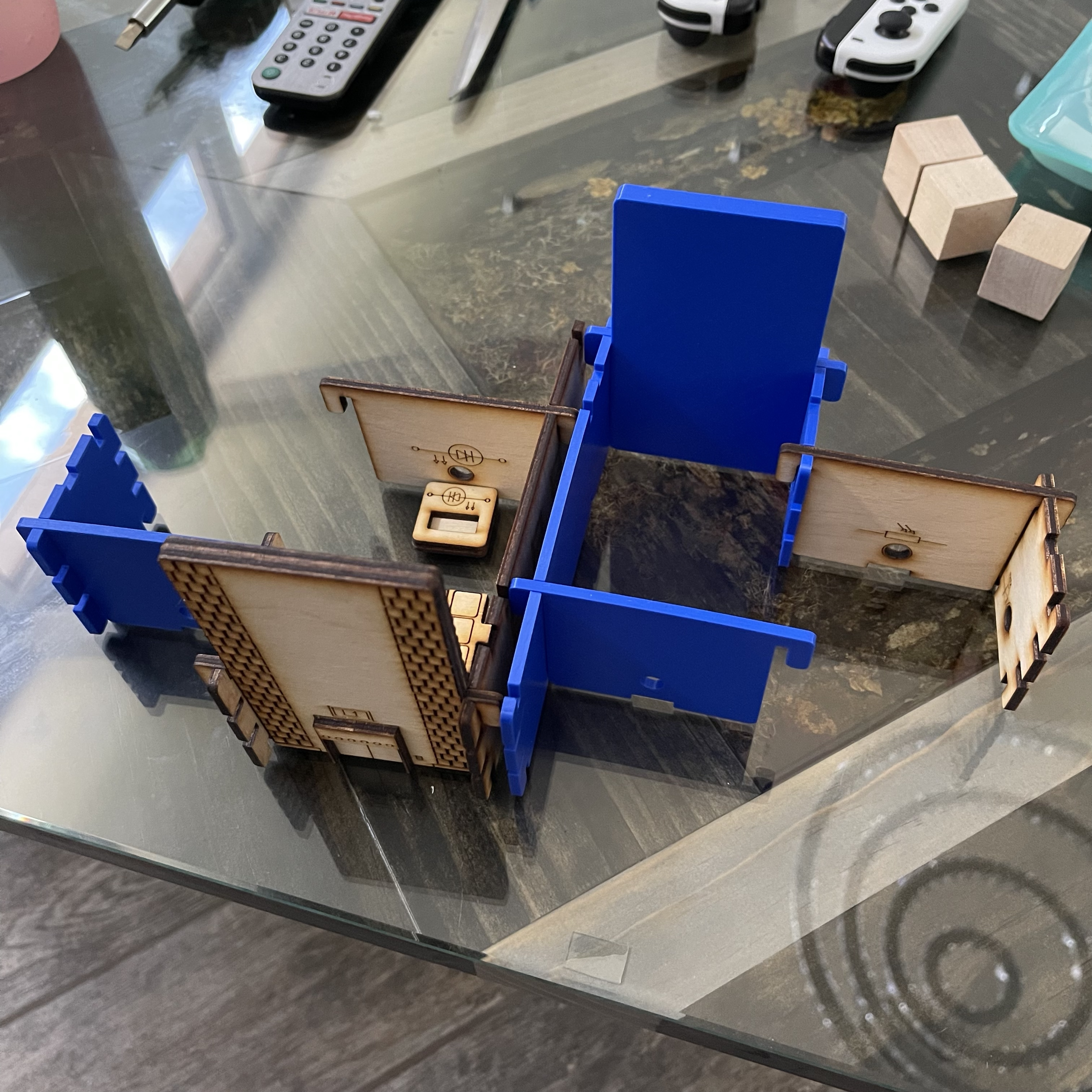
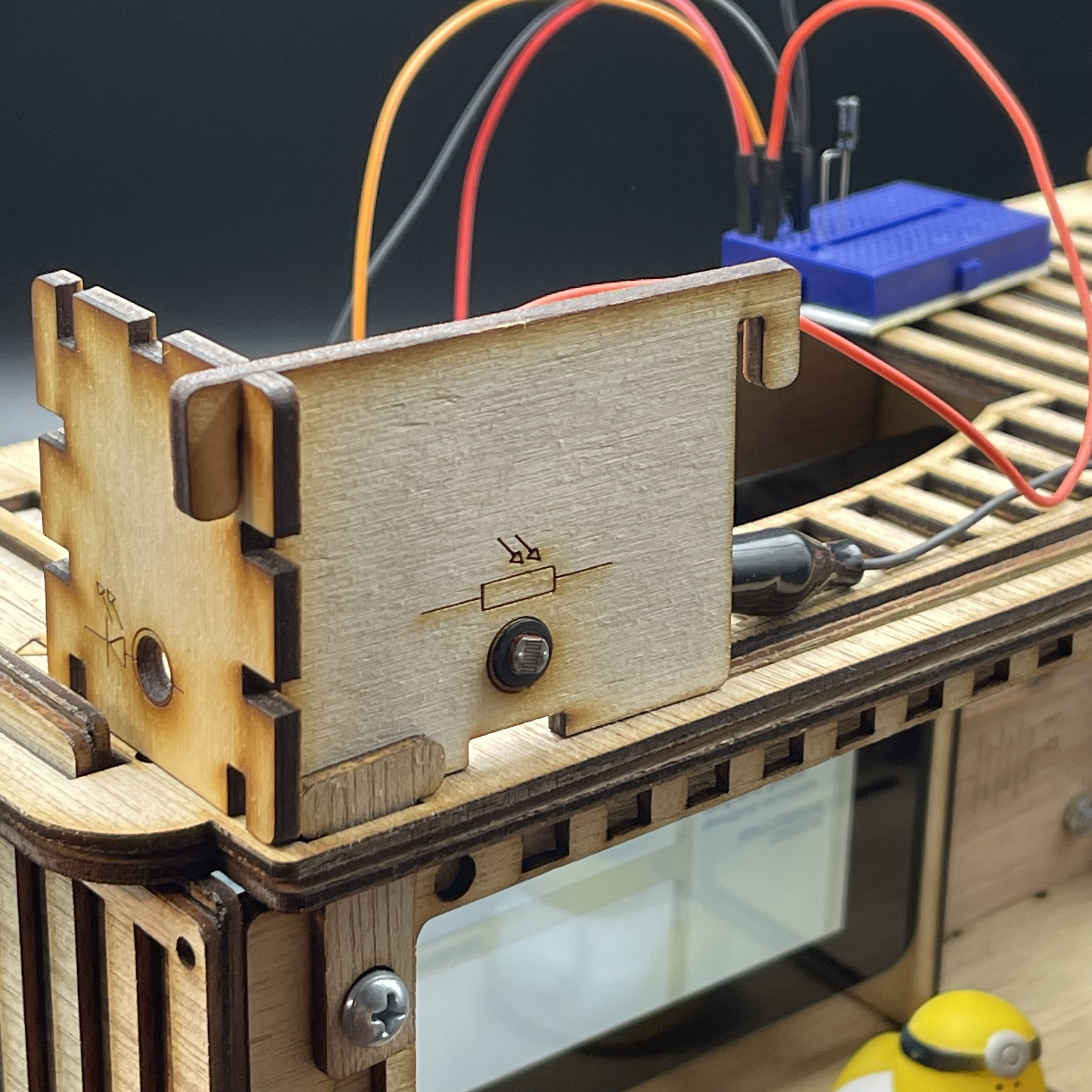
Working Scale Models
Over the course of 20 classes, students learn how to build out both physical and digital (GUI) controls in order to manipulate their kit’s hardware. They then integrate these controls into text based adventure games using Python 3.
The electrical components can be integrated into the physical scale models to animate them.
VIDEO: Mini Oil Drill with Programmable Servo Moto

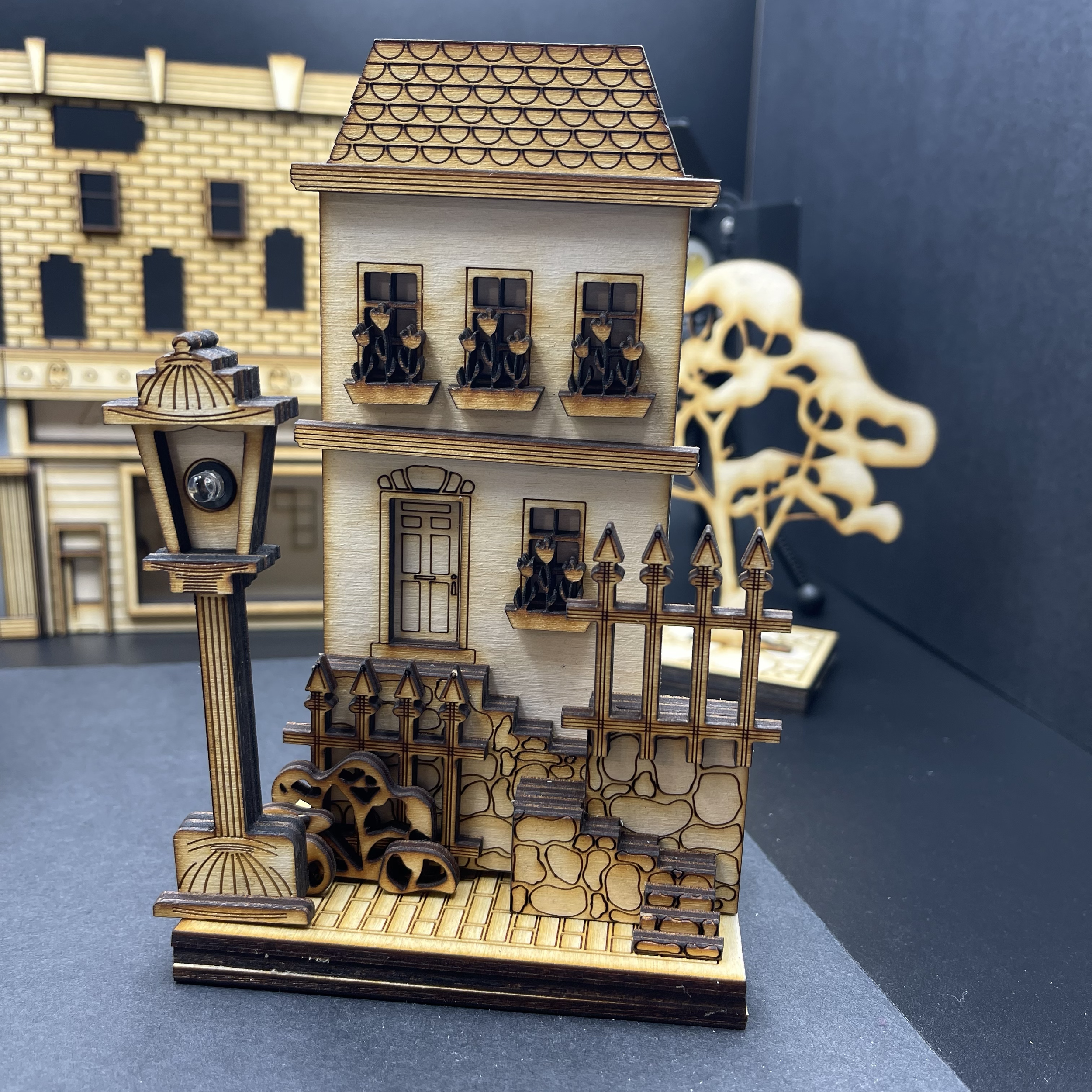
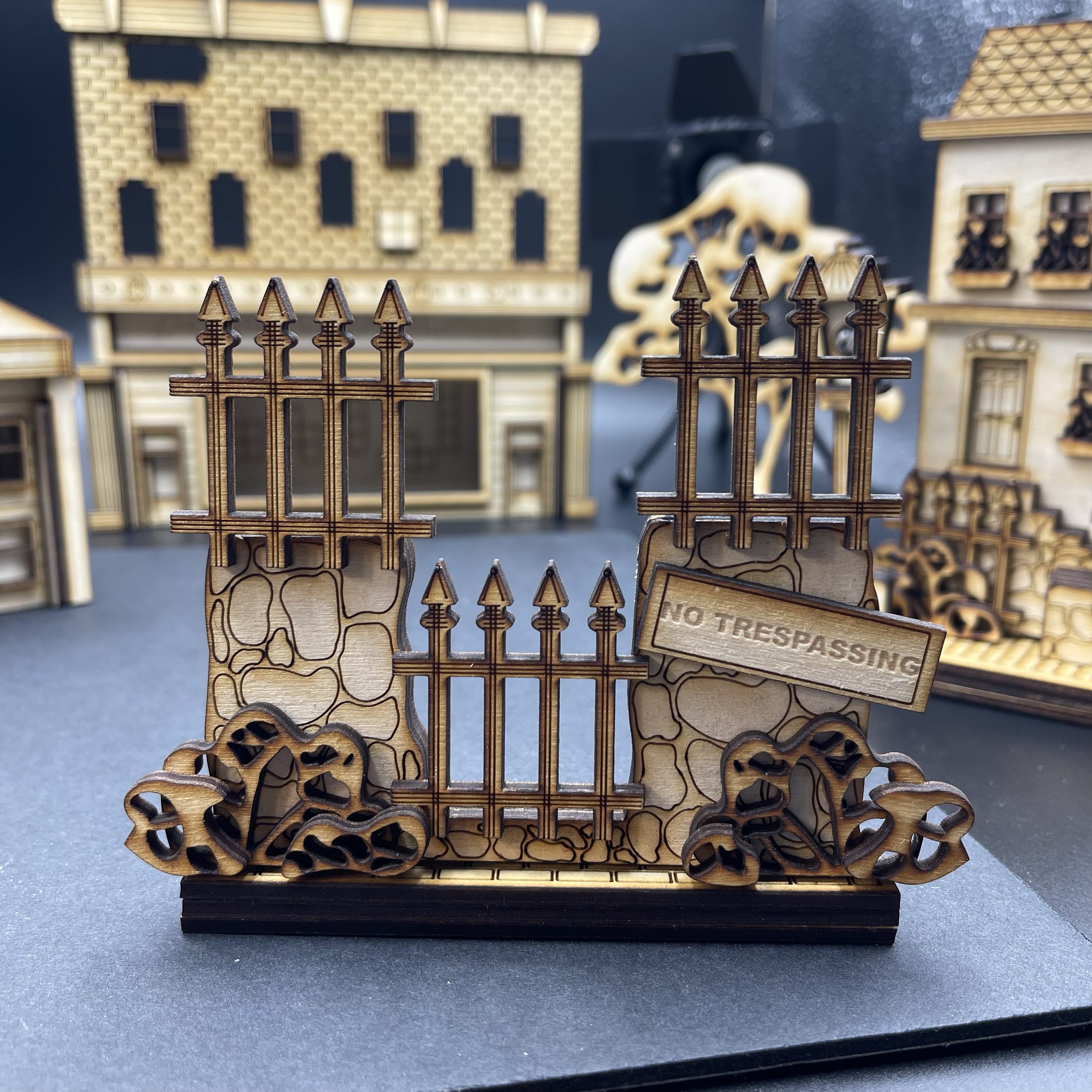
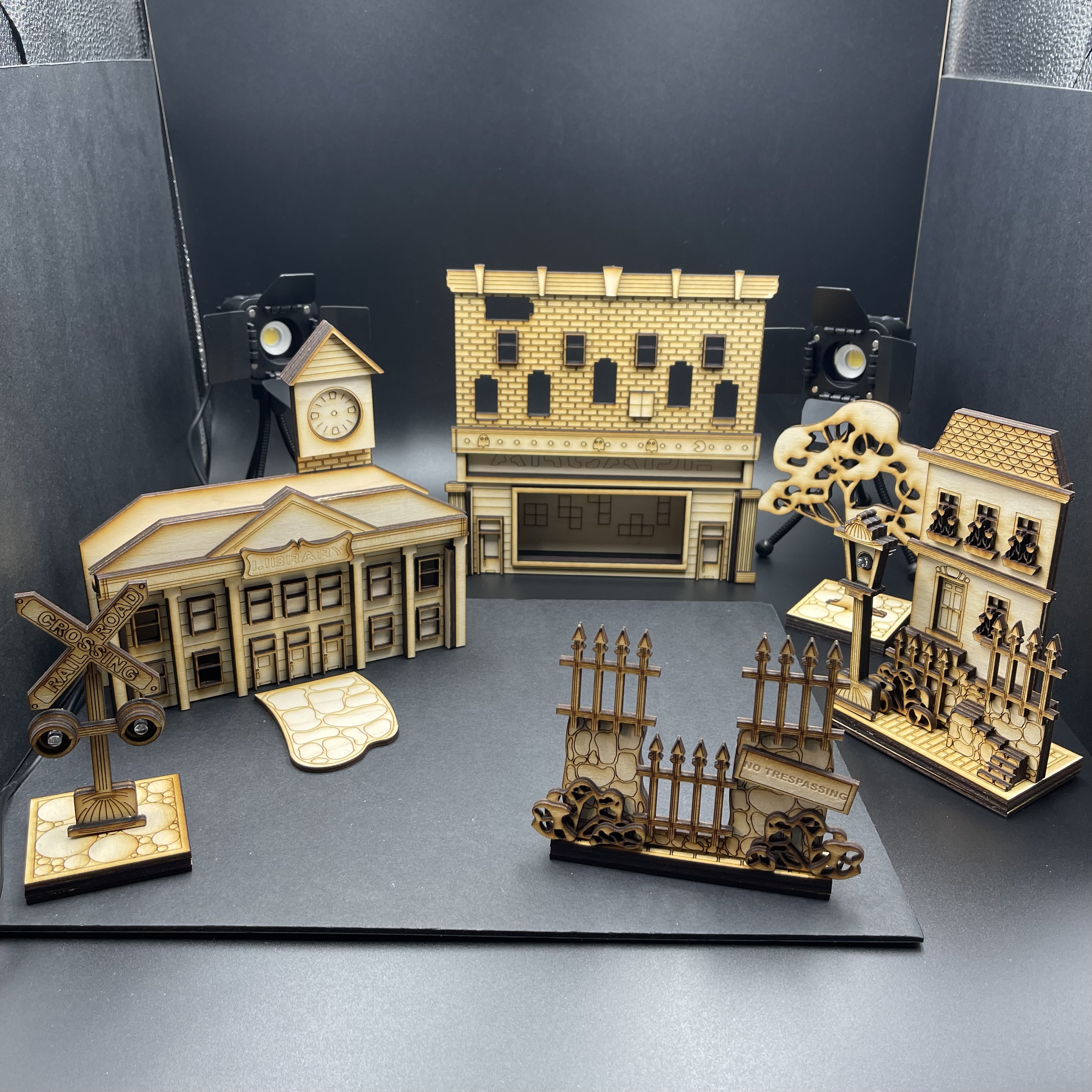
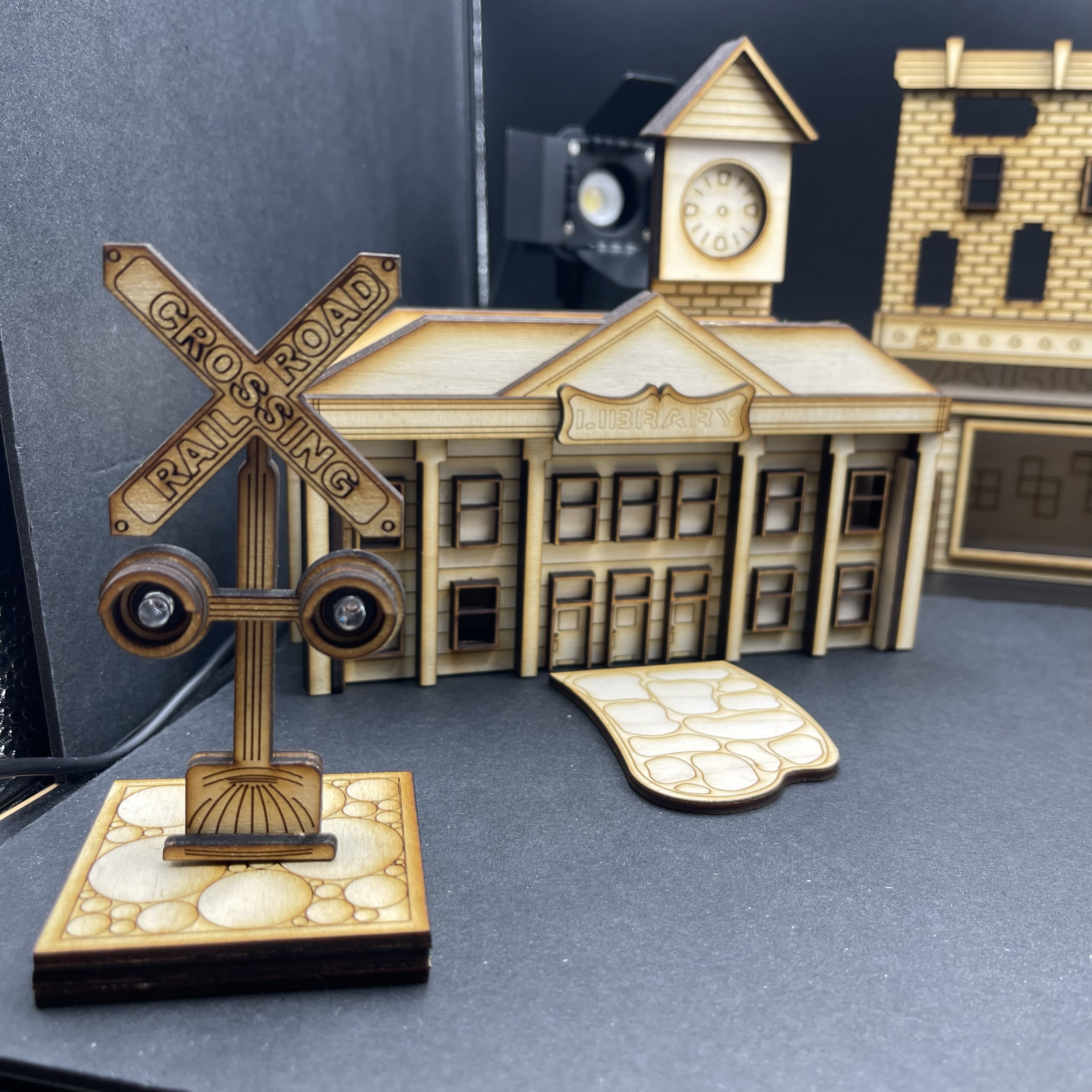
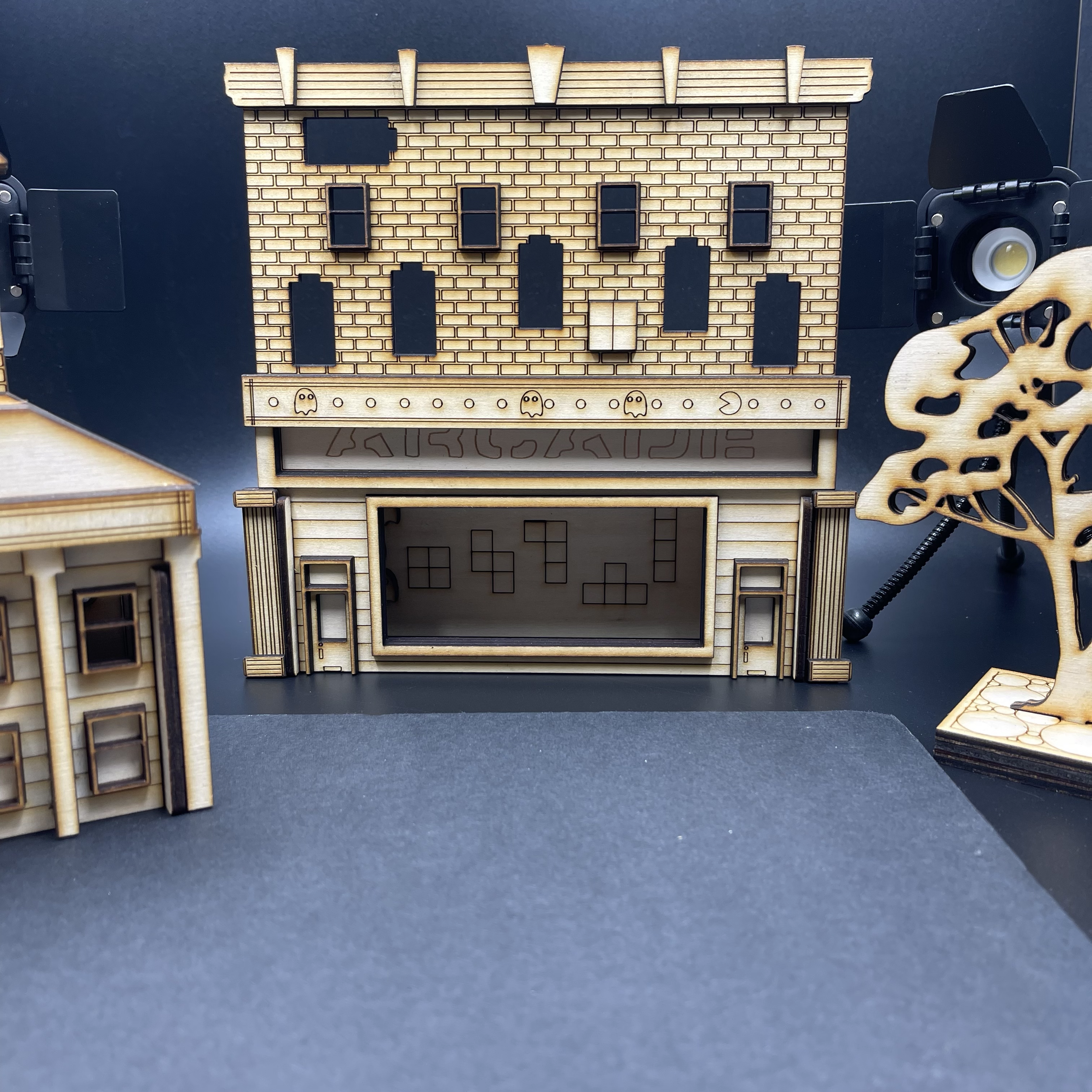
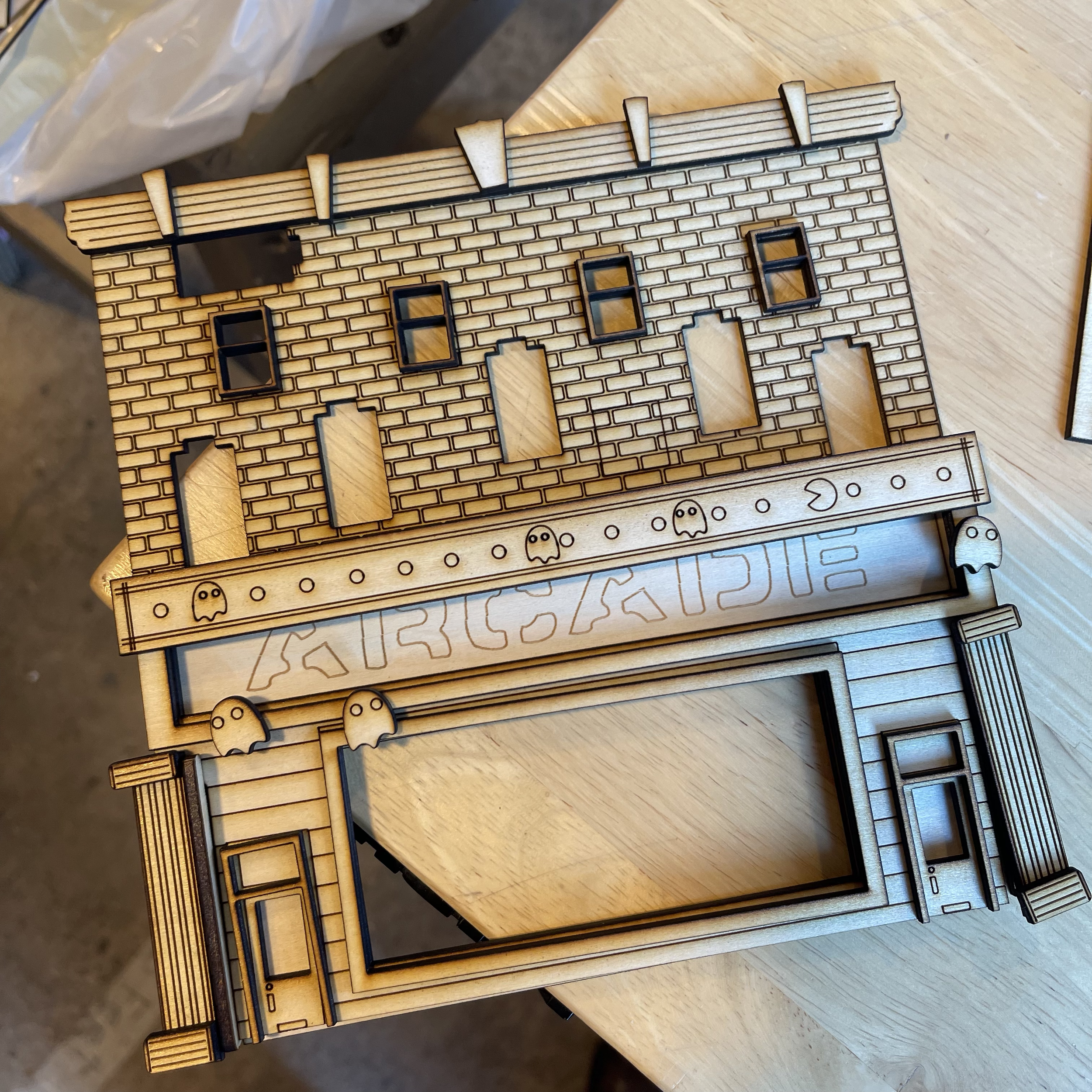

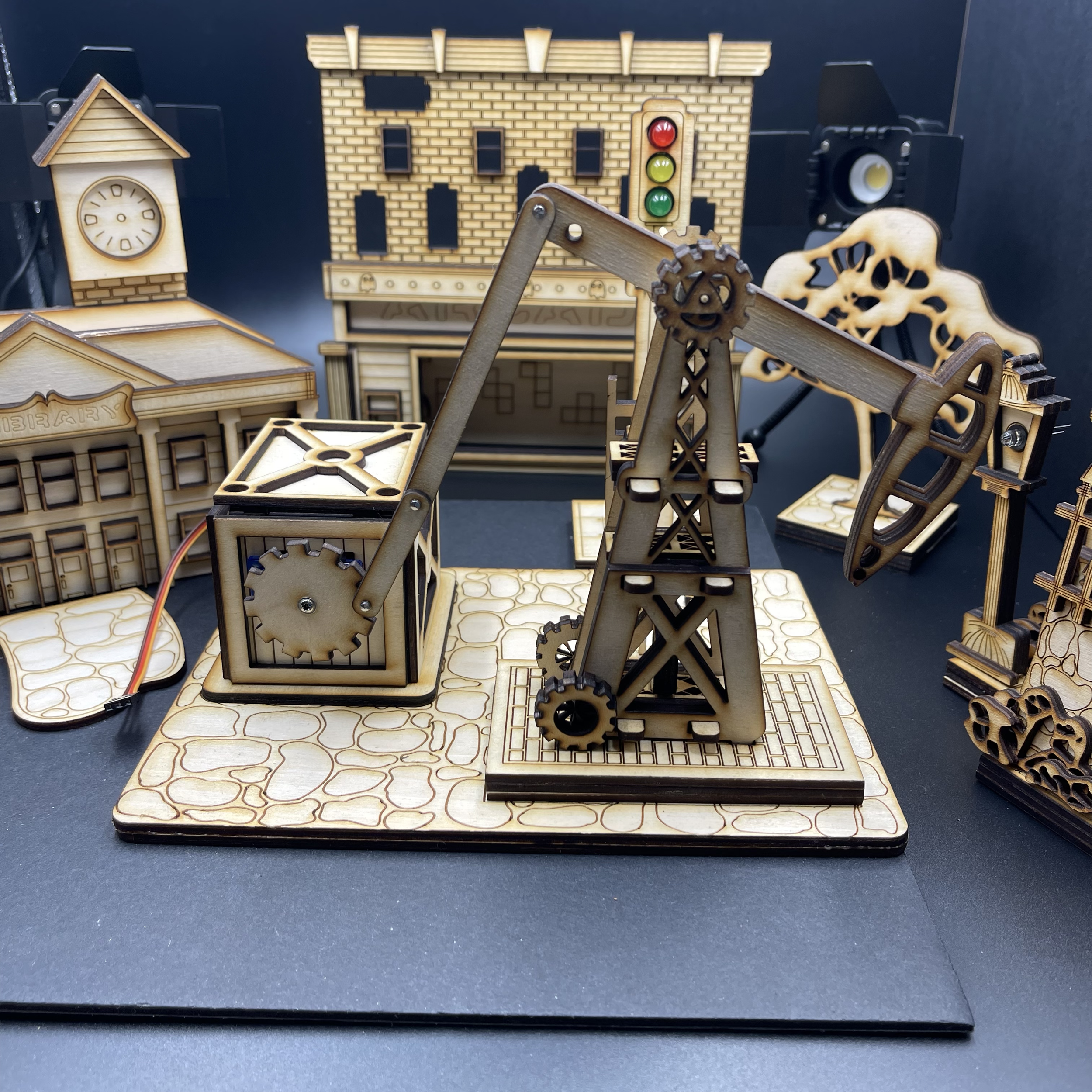
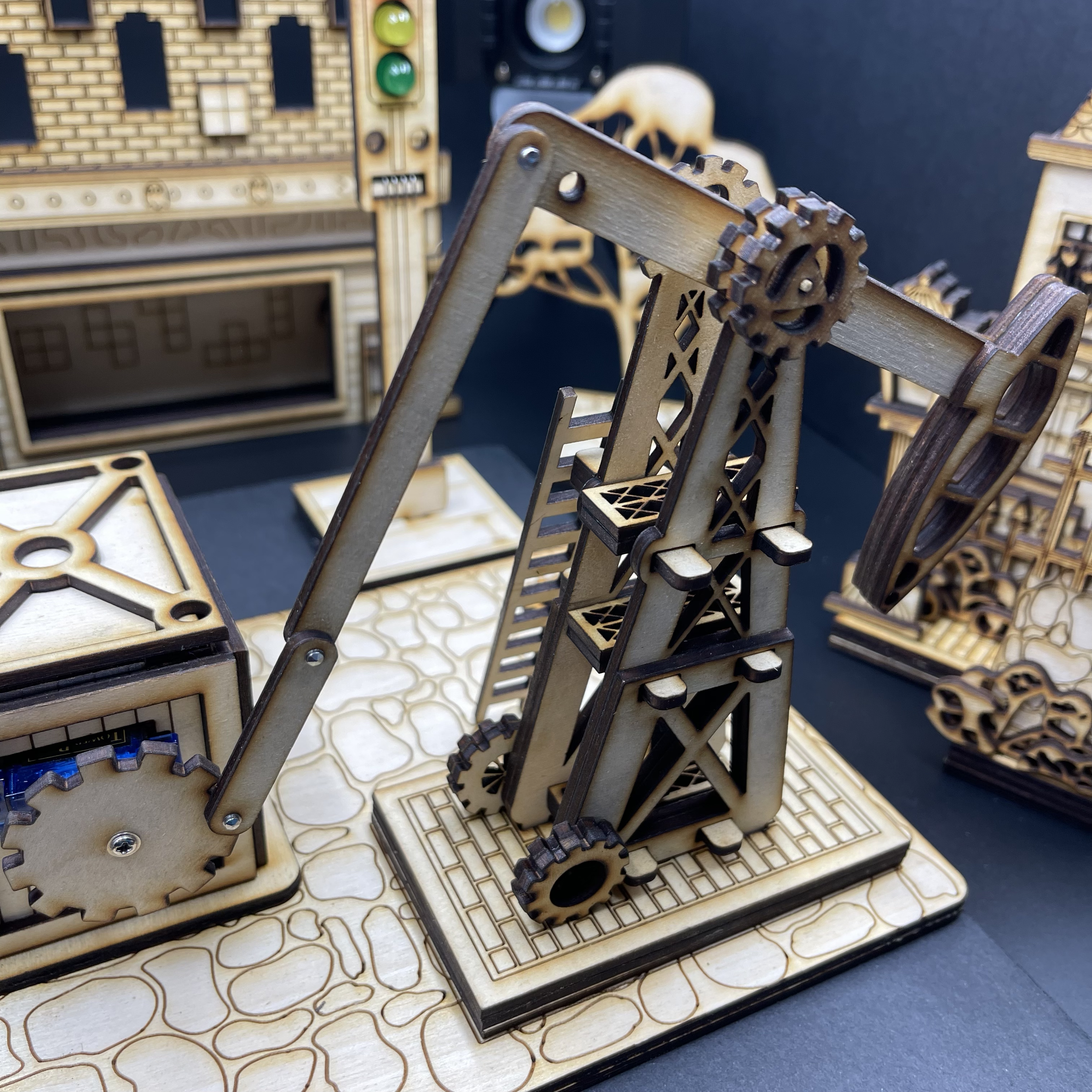
Student Kits
Students receive their custom laser cut Shipping Container Kits with breadboards, LEDs, and RGB LEDs, traffic light, buttons and switches, capacitors, servo motors, a variety of sensors, and a laser module. These student kits are designed to house and protect the Raspberry Pi 4 Model B microprocessor and accommodate the Official Raspberry Pi LCD screen and keyboard/mouse set. Wooden tags were added but left blank so instructors could customize to their program’s needs.
Development Process
I developed this concept using a combination of:
3D modeling in Maya3D to produce initial concept designs of story elements.
Laser cutting for the physical scale models
Collaboration with industrial designer to rapidly produce additional parts on a PRUSA 3D printer. This was for the blue plastic parts of the maze, which were initially just used to demonstrate how the pieces fit together. A mini 3D model of a desktop computer for an LED was also developed through this collaboration.
Architectural models and physical prototypes
Adobe Illustrator for all laser cutting files
Adobe Creative Suite for graphics, video, and layout design
I designed multiple iterations of the scale models and revised them based on user needs, challenges, and feedback. I also created a STEM curriculum with 20 individual 90-minute lessons because I wanted to provide more comprehensive, original, and relevant content for Raspberry Pi technology. I aligned the curriculum with NGSS, ISTE, and Social Emotional Learning Standards and built in exercises that would help students develop and practice flexible thinking, risk taking and creative skill sets, 21st Century skills, and best practices used by industry professionals.
I also developed original graphics, 2D illustrations, photography, and multi-media files to further supplement the instructional content.
Initial Prototypes
Below are some of the initial prototypes that I developed to beta test my concept early on in the development stages. I had the opportunity to use these in both virtual learning environments and later on at an in-person settings during an educational conference in 2021. I later evolved these designs to better fit the needs of my target audience.





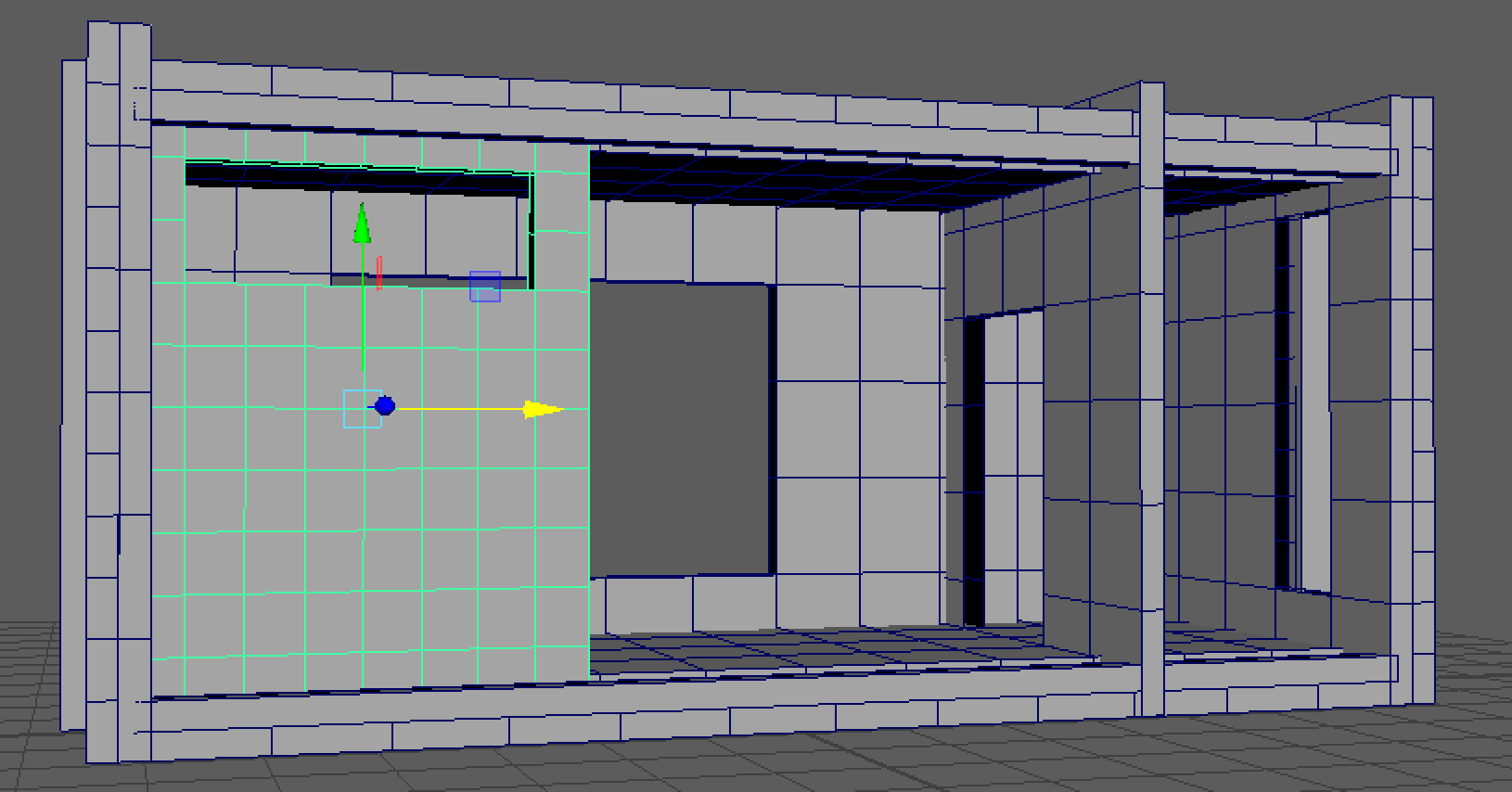
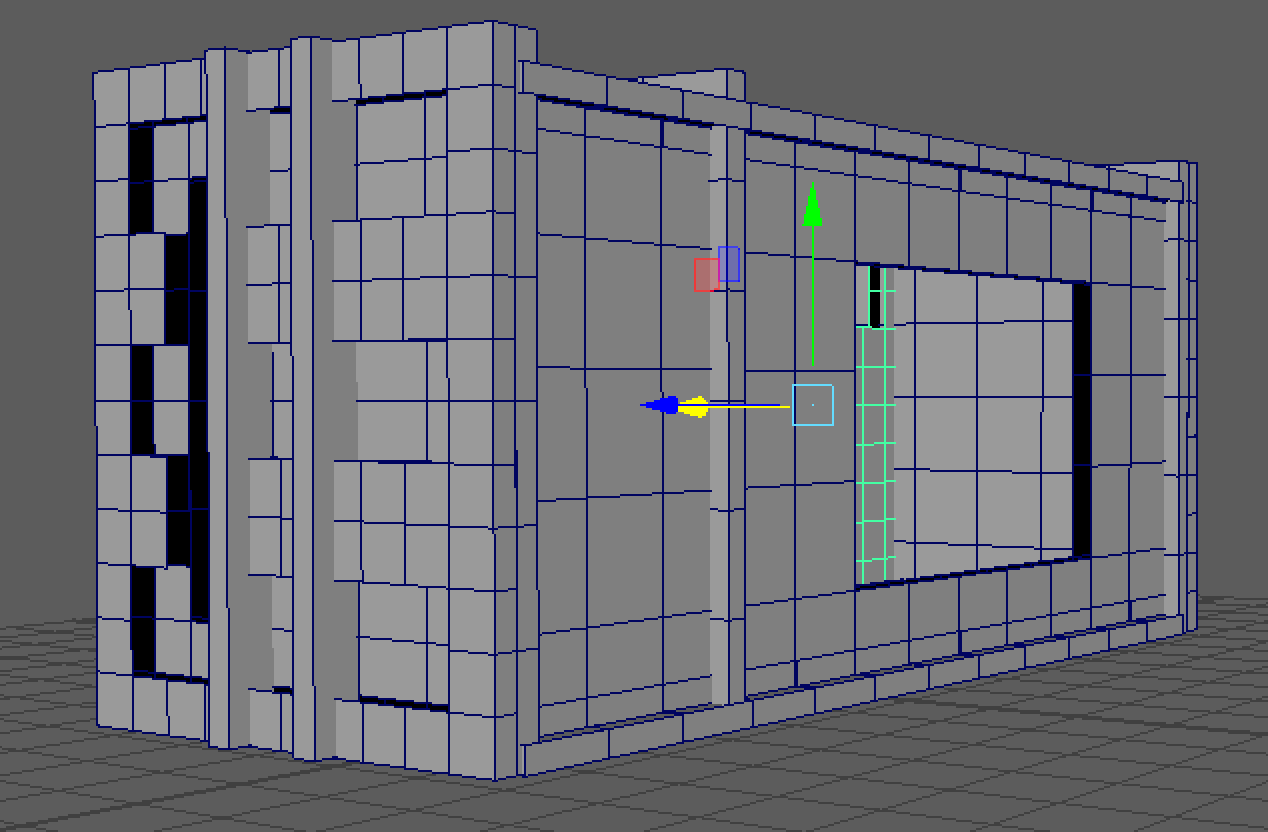
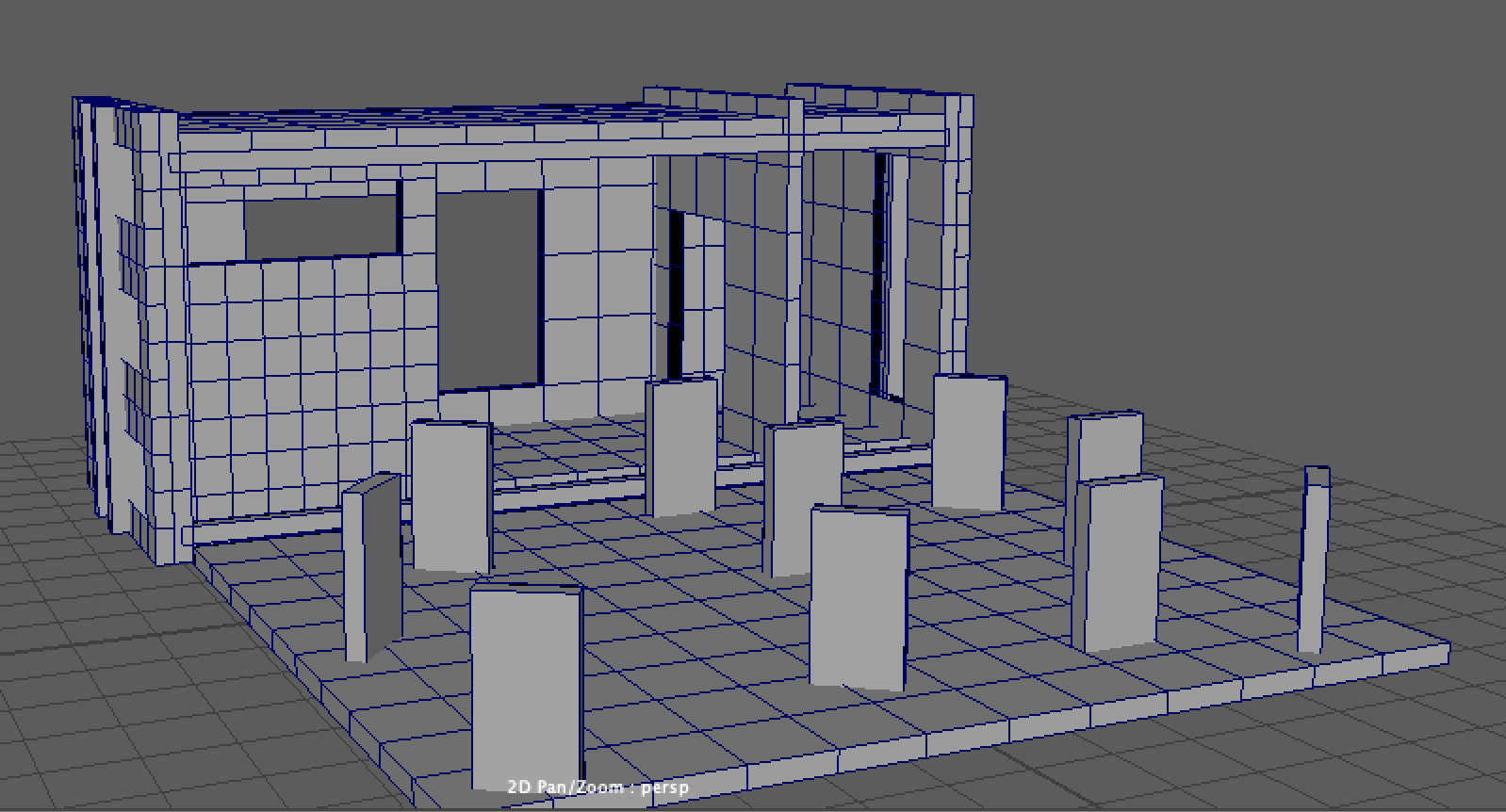
Between the Lines
Between the Lines is an evocative love letter to the memory of a city neighborhood and its vibrant, but invisible community. In this interactive art exhibit, guests embark on a poignant and introspective journey deep into the heart of an urban fairy tale. Beneath the constellation of a Bridge, the once familiar and mundane aspects of city life dissolve and transform into the bizarre and volatile world of imagination, chaos, and hope.


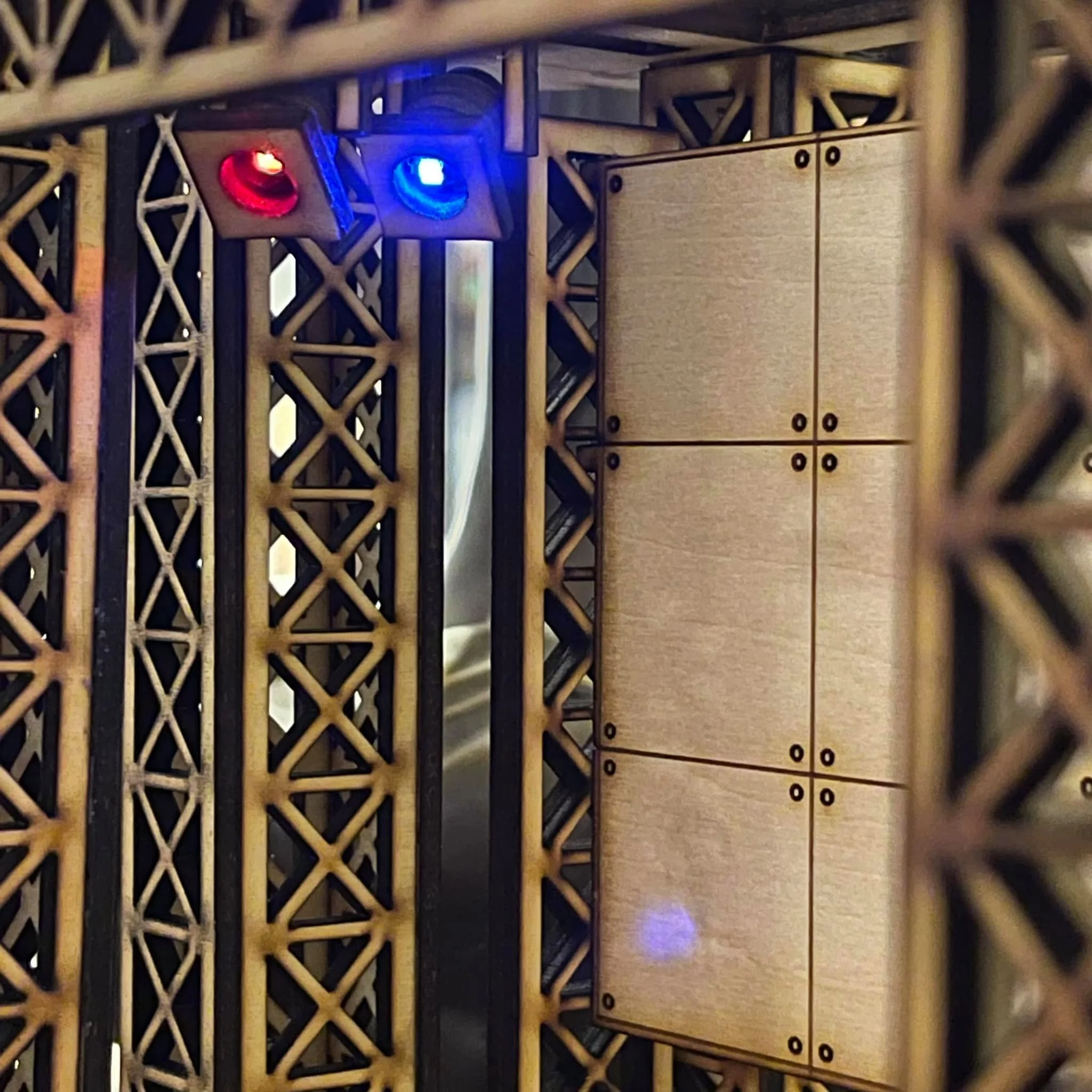
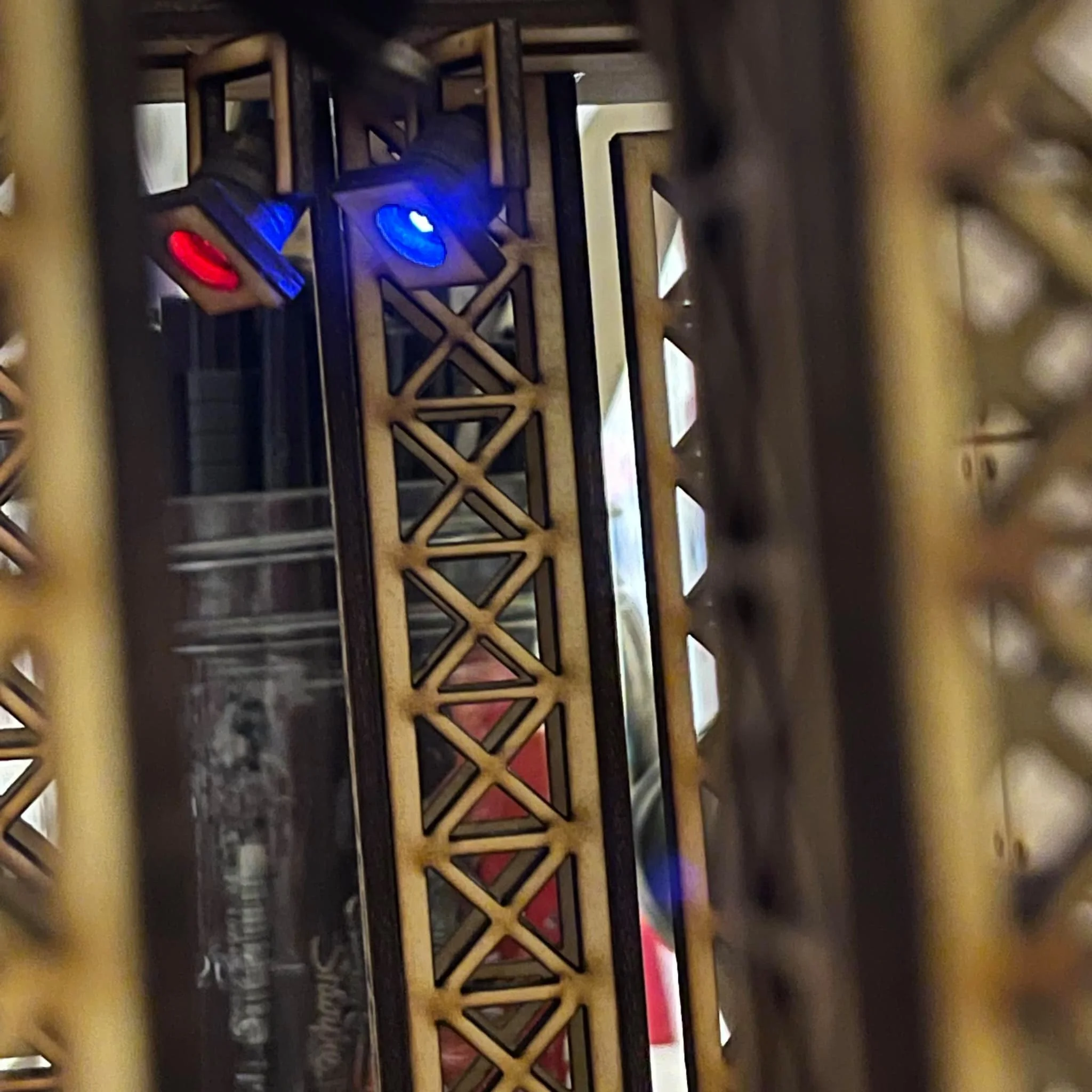

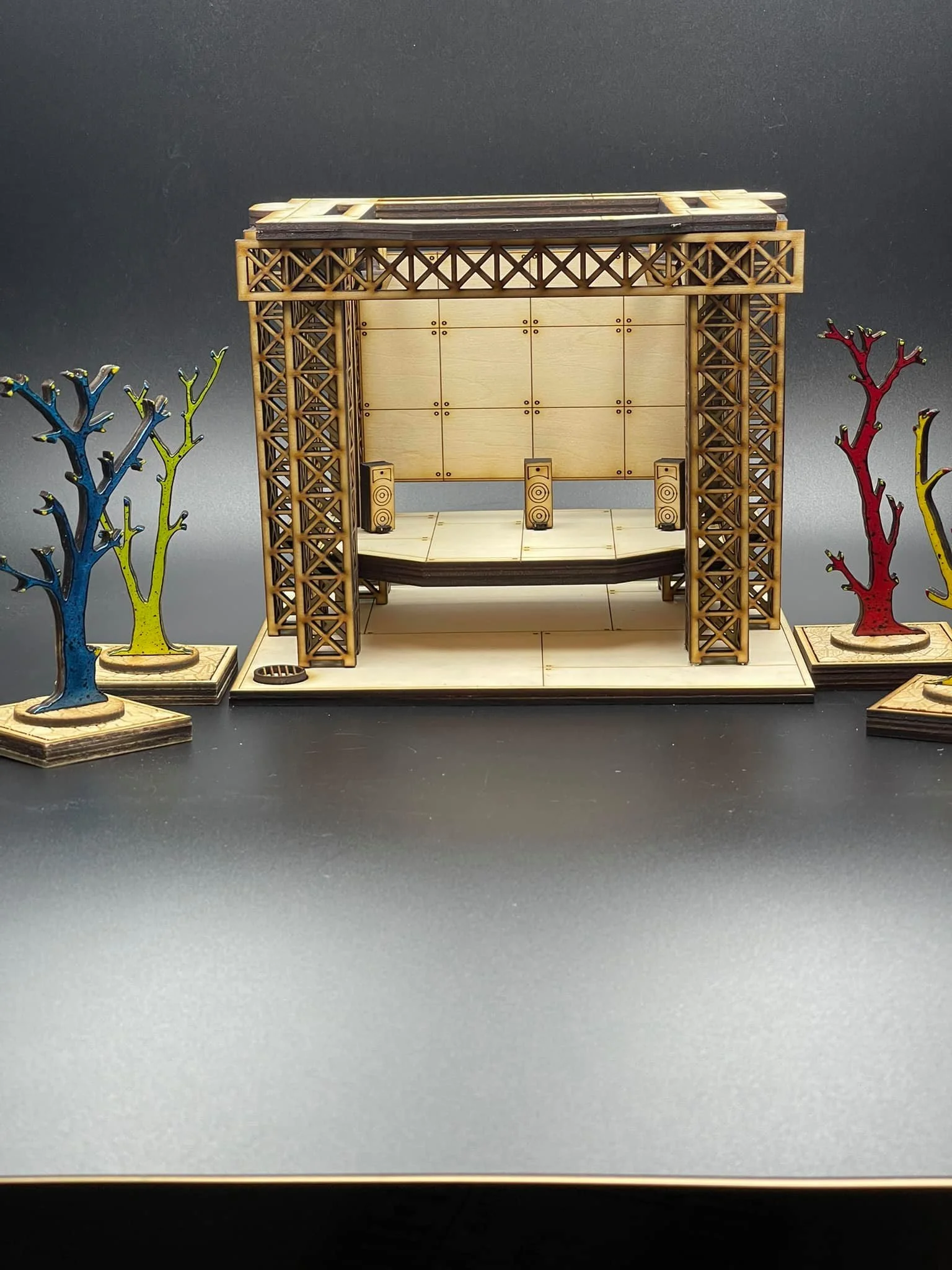

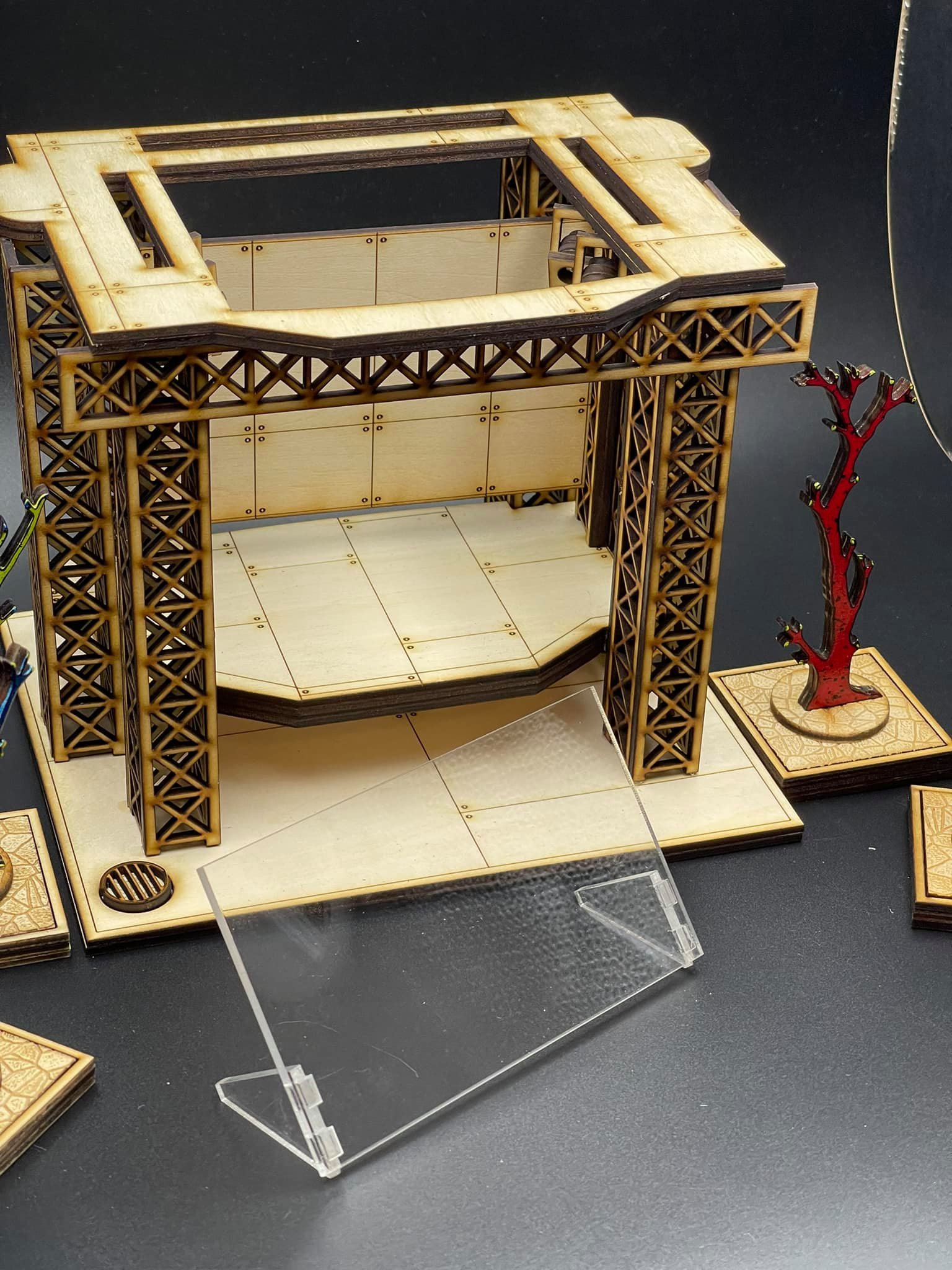
Concert Stage with Working Lights
Initial Prototype: Detail of moveable, working LEDs used in the outdoor concert stage. Laser cut light fixtures and outfitted with mini wireless LEDs. Lights controlled using induction. Each light fixture is less than 1/2 inch wide. The model stands approximately 6 inches tall by 7.25 inches wide.
This concert stage was designed as part of a hands-on, auxiliary S.T.E.A.M. curriculum for students interested in themed entertainment and live performance. Students can use the model to develop 3D projection mapping displays, hologram effects, and sets. Students can integrate the outdoor concert stage model with the street components from Between the Lines to create, theme, and produce a miniature street festival or event.
Our inaugural class!
KINETIC DESIGN
Students adopted MIT’s High/Low Research Group’s philosophy of integrating “high and low technological materials, processes, and cultures” by combining SMA wire, electrical circuits, and paper engineering principles with biomimetics to create an interactive urban garden. Students were able to customize the course to meet their creative and professional interests and collaborate with others to explore alternate solutions to problems.
Kinetic Design: Student Journals
